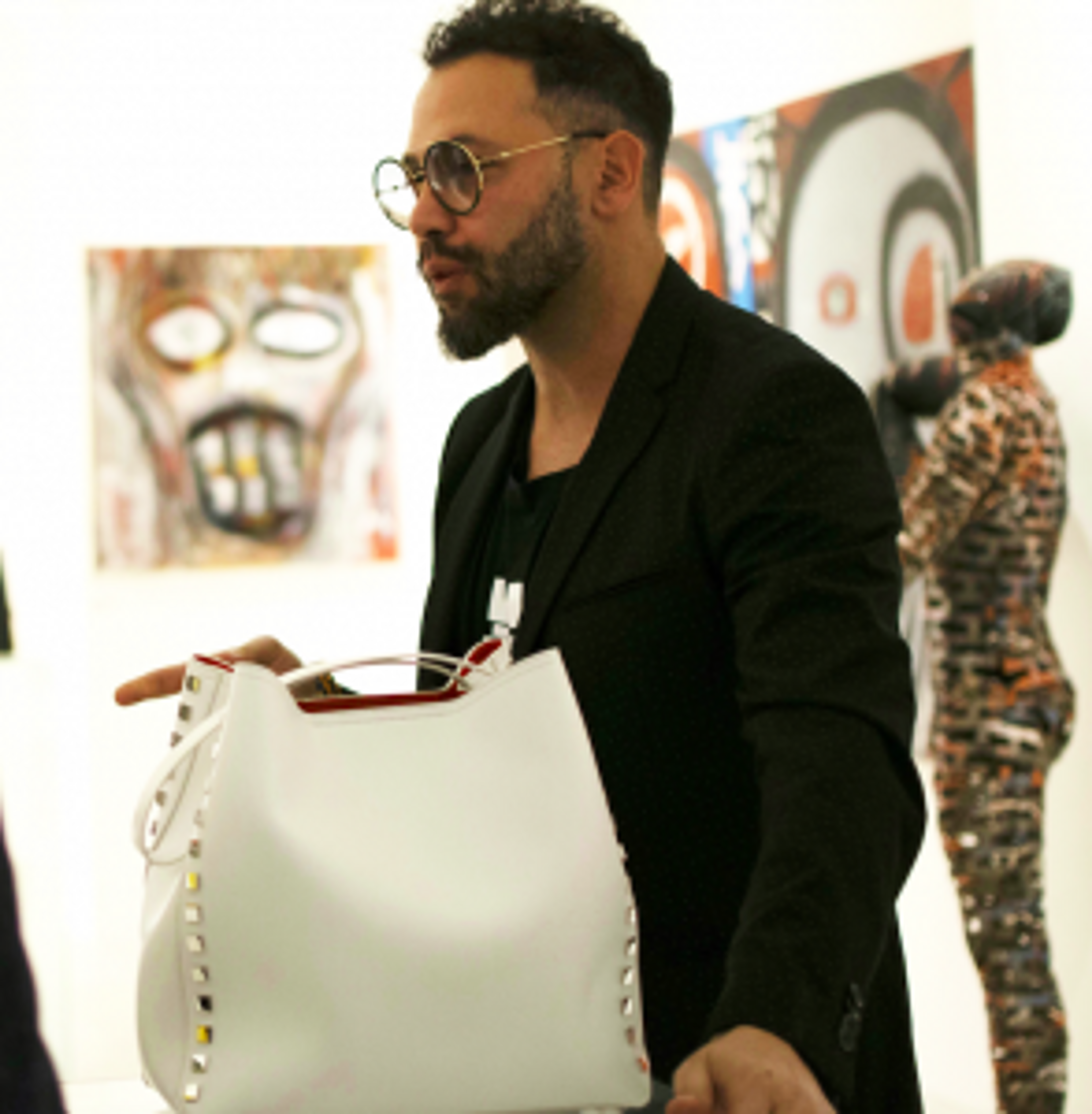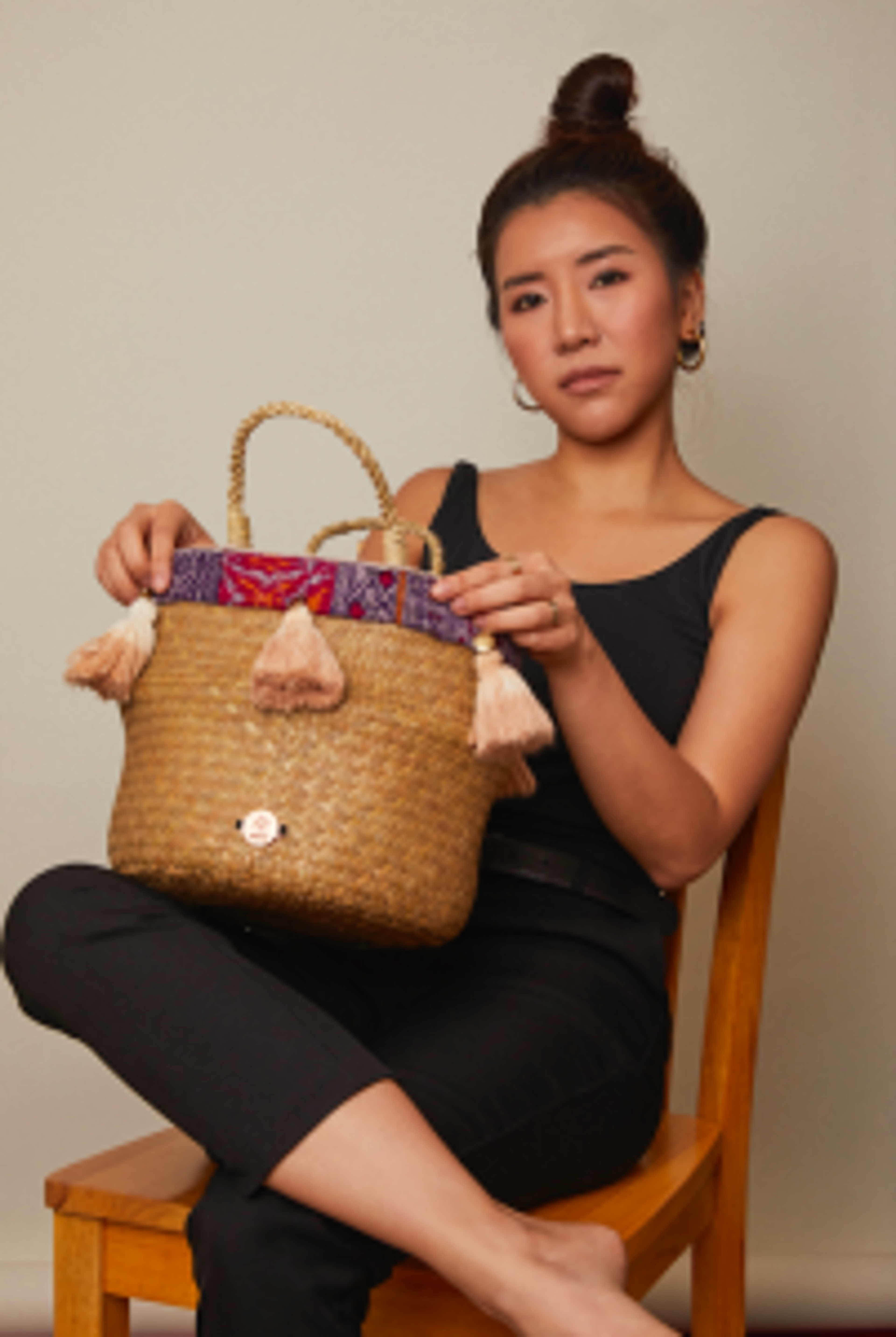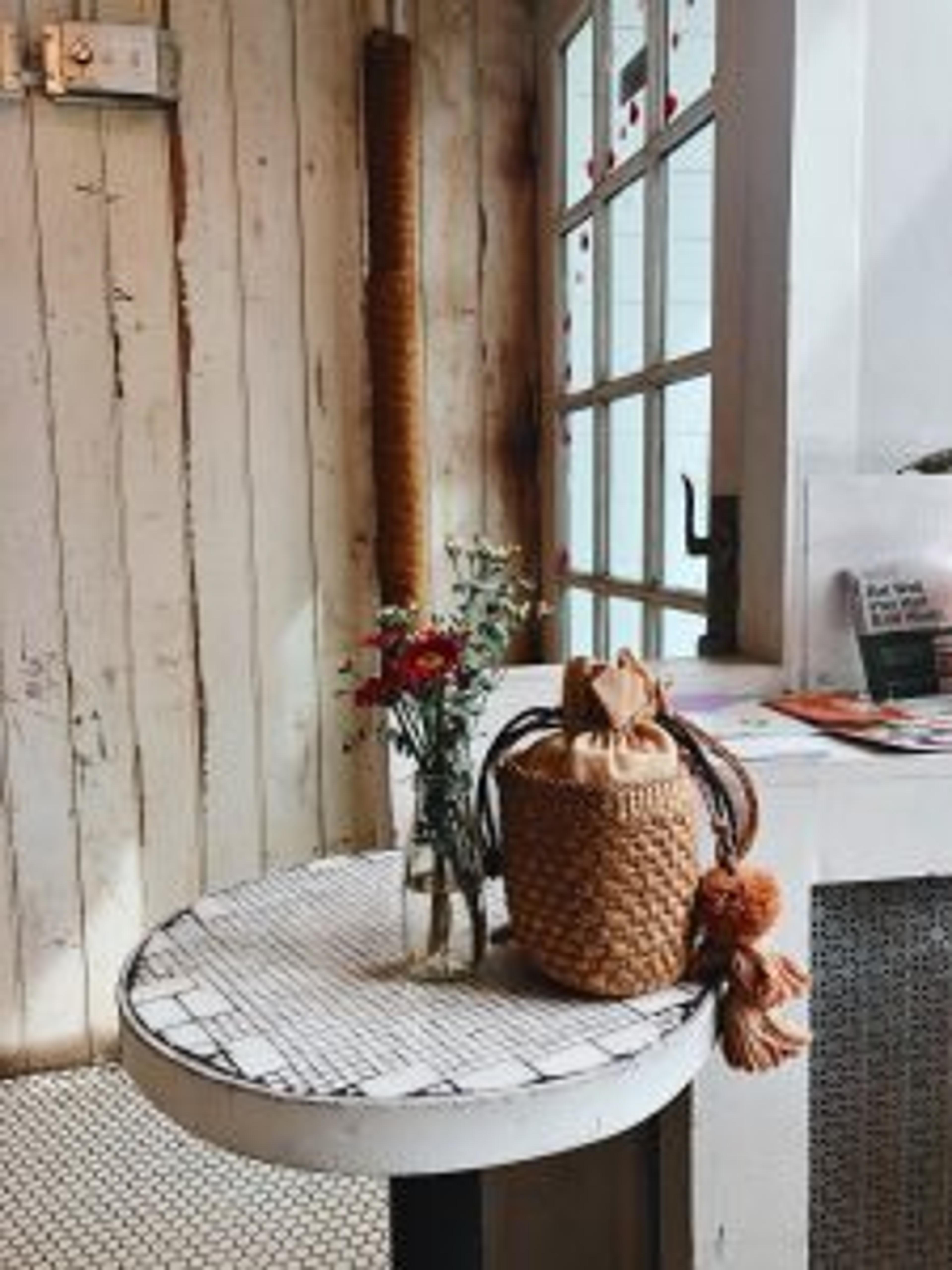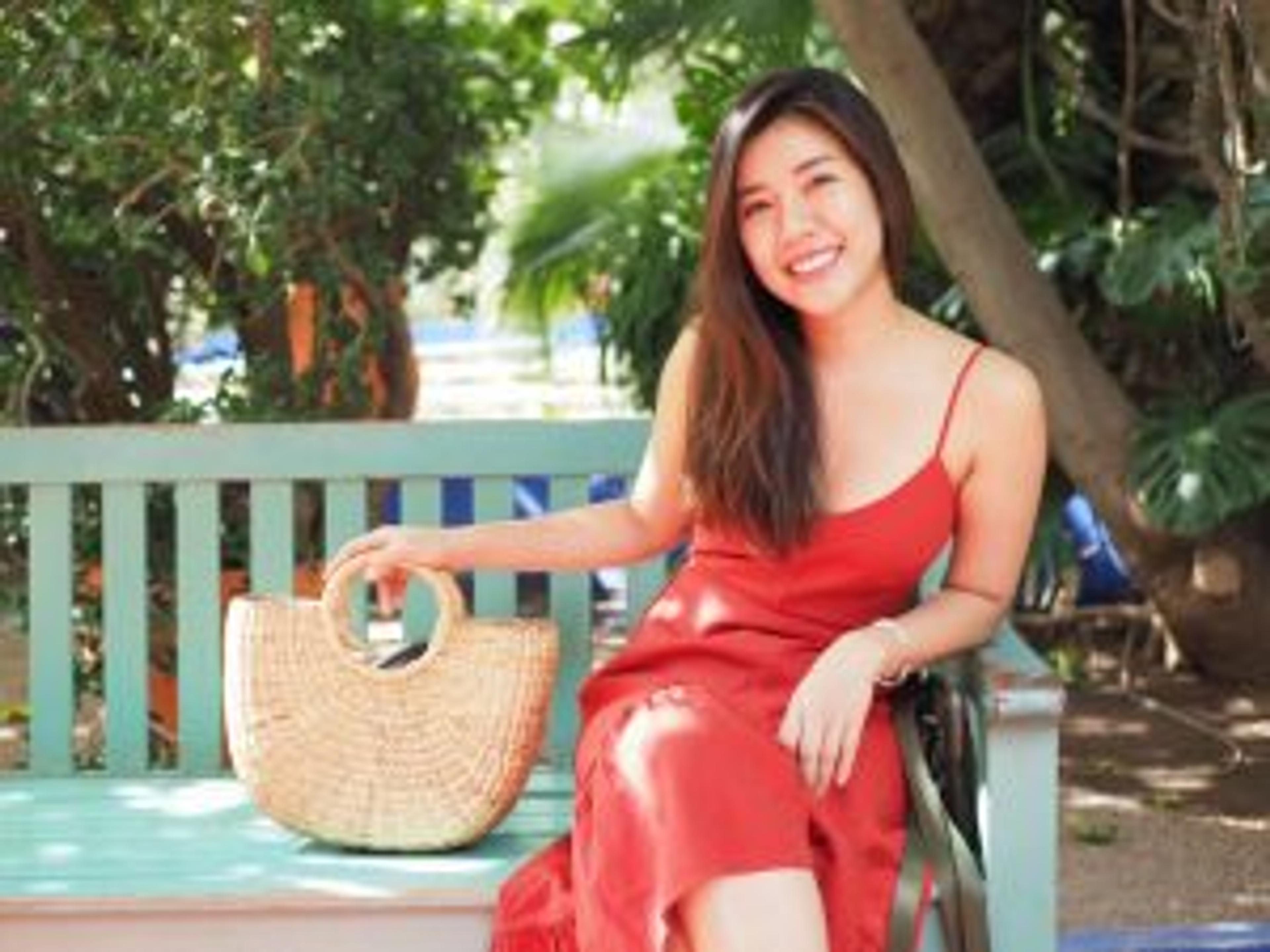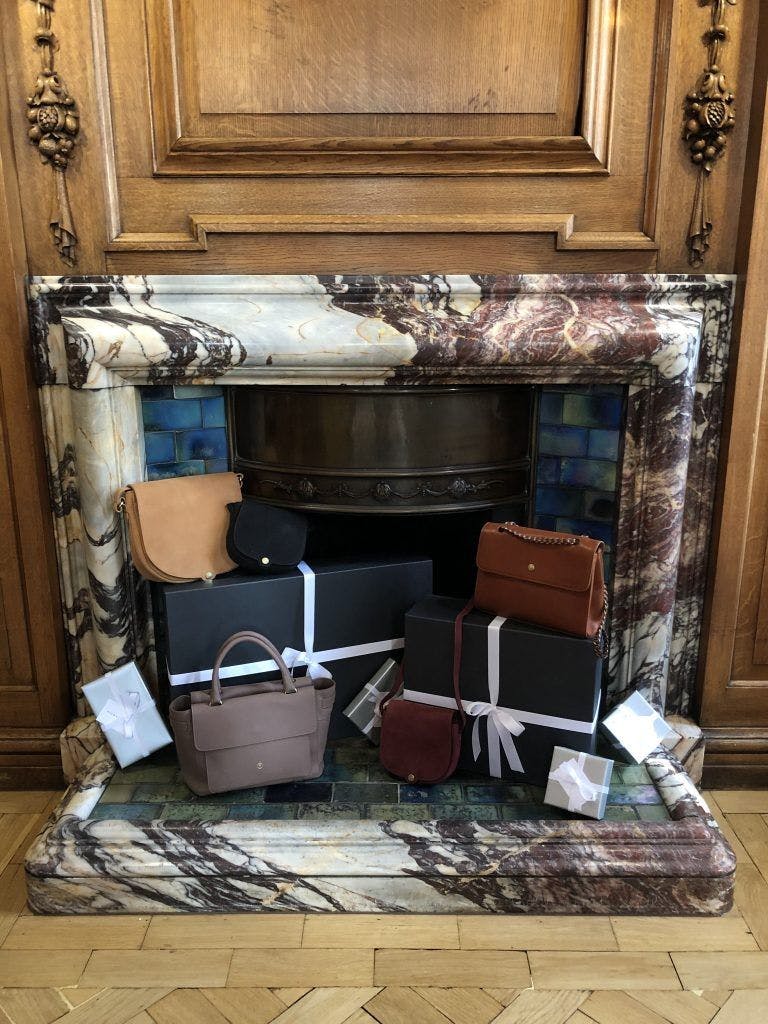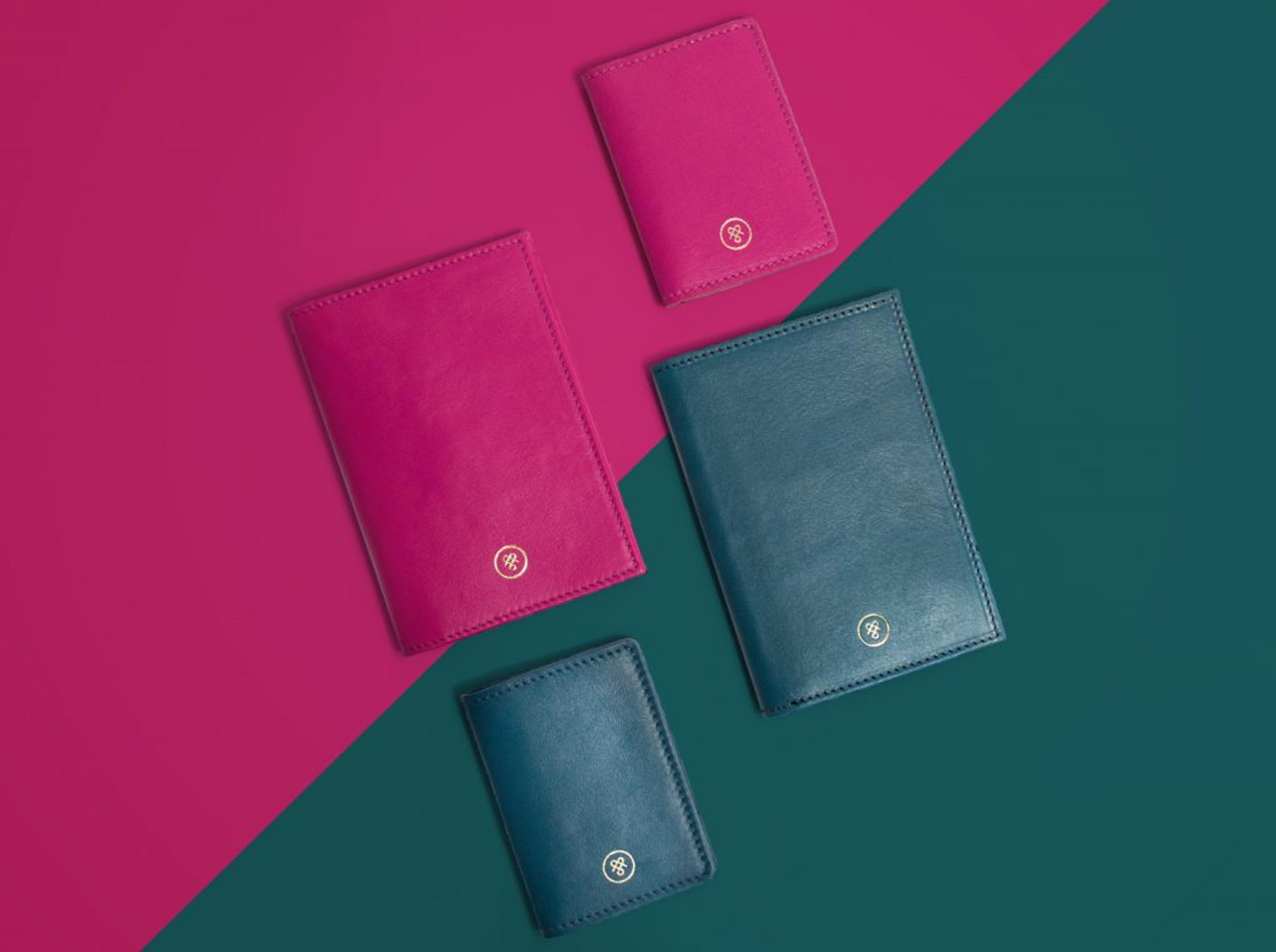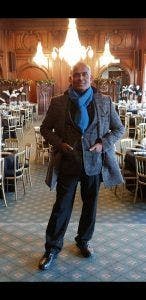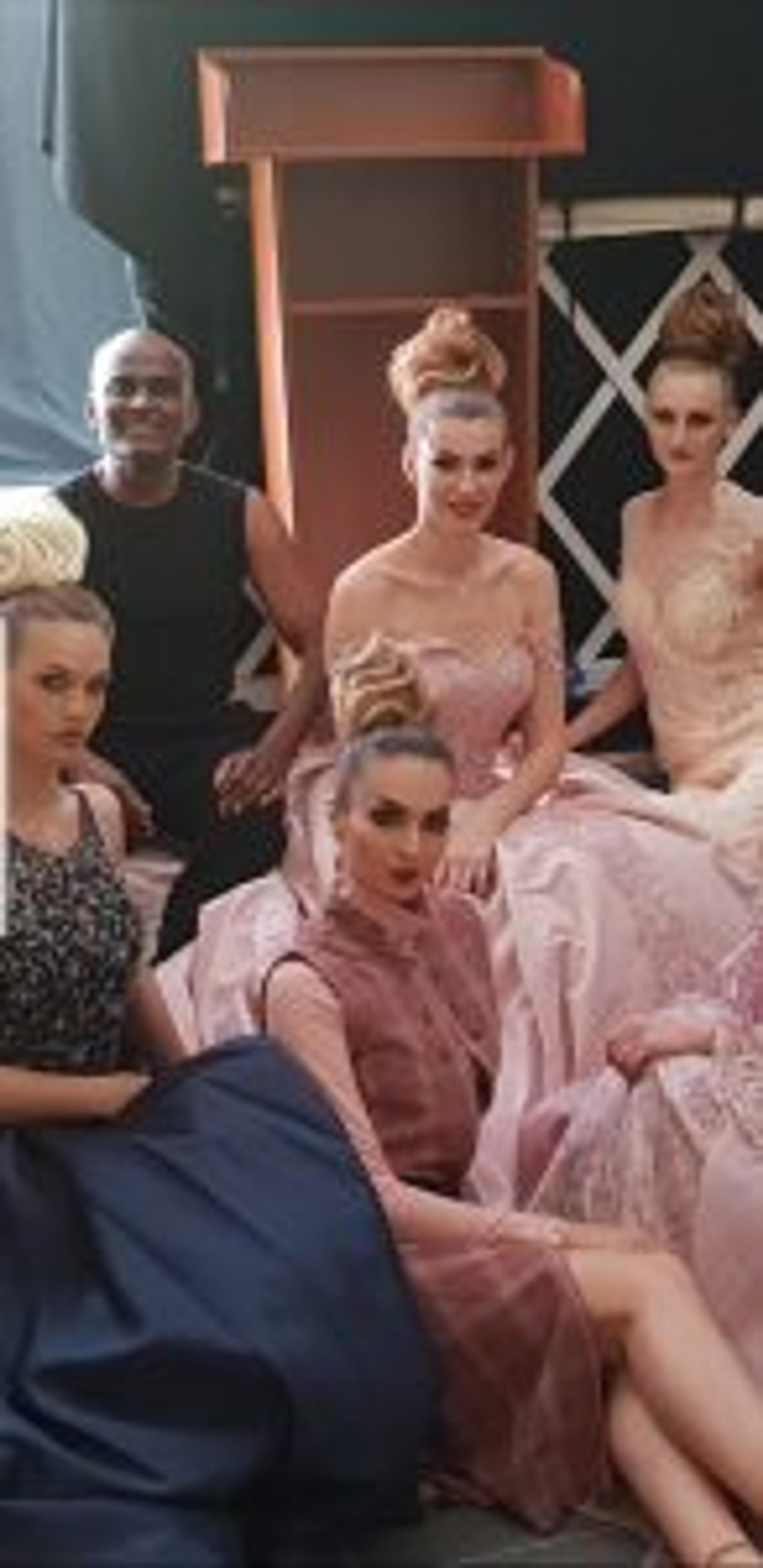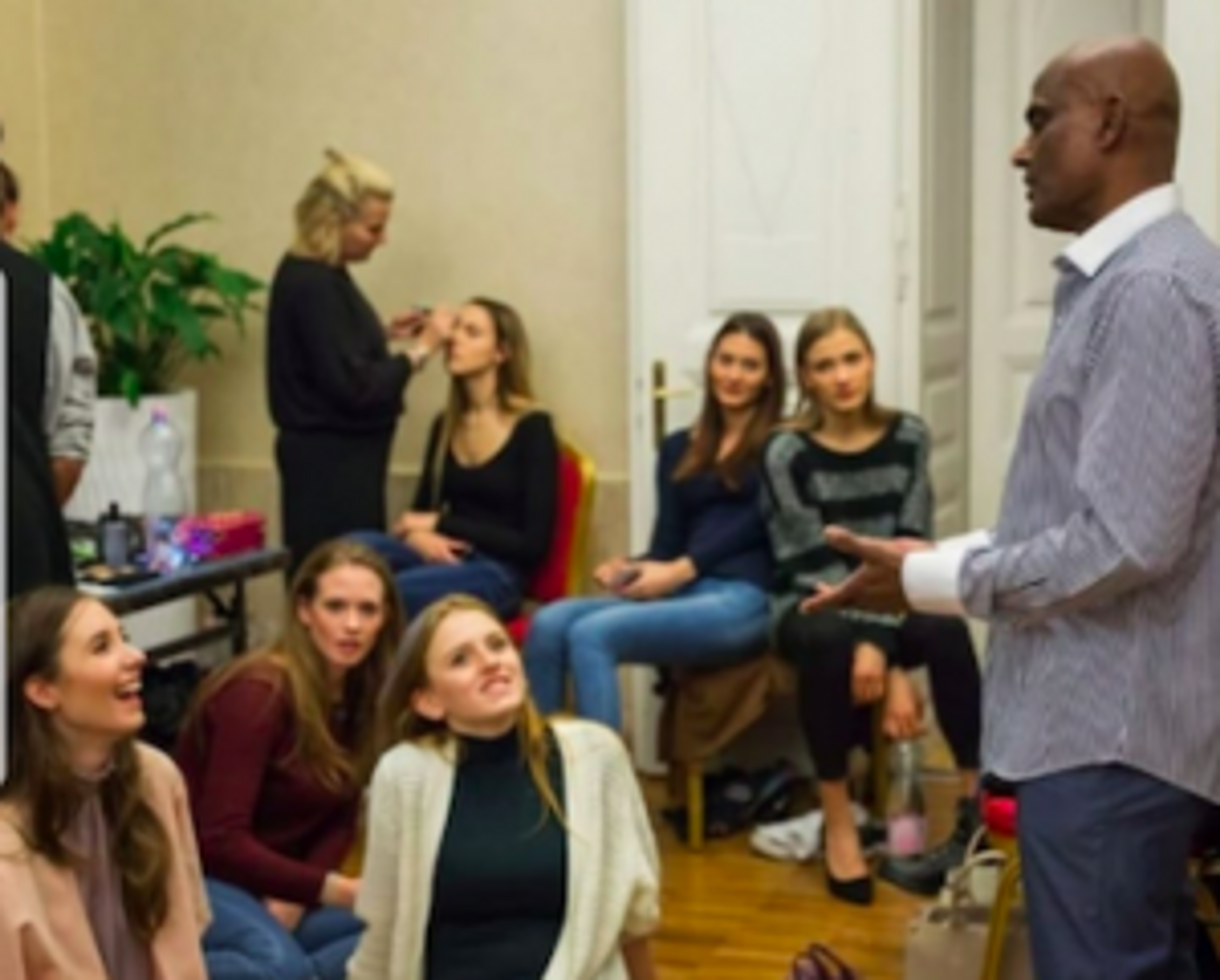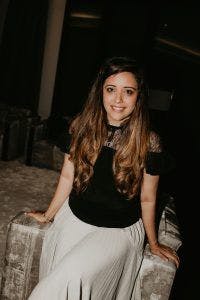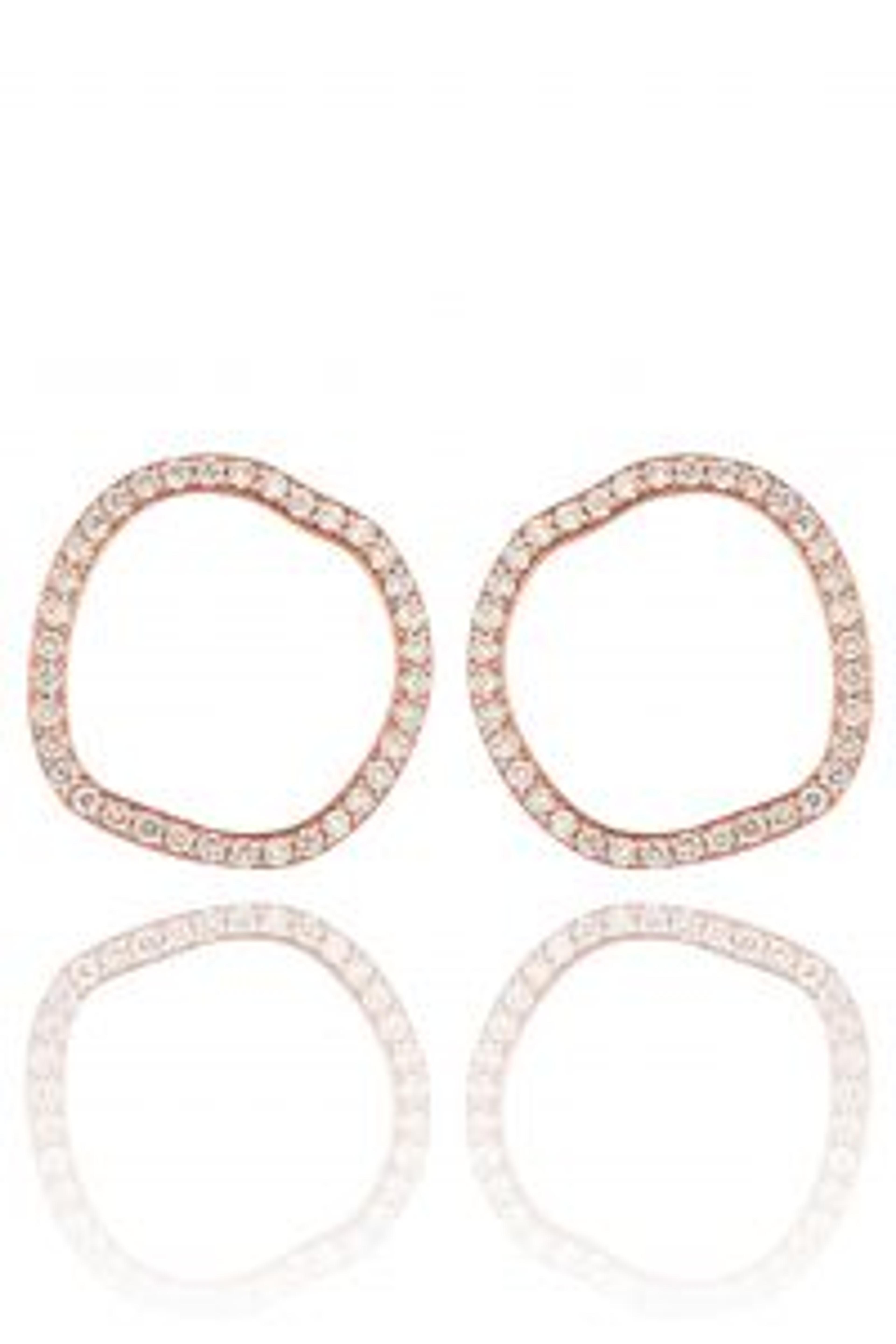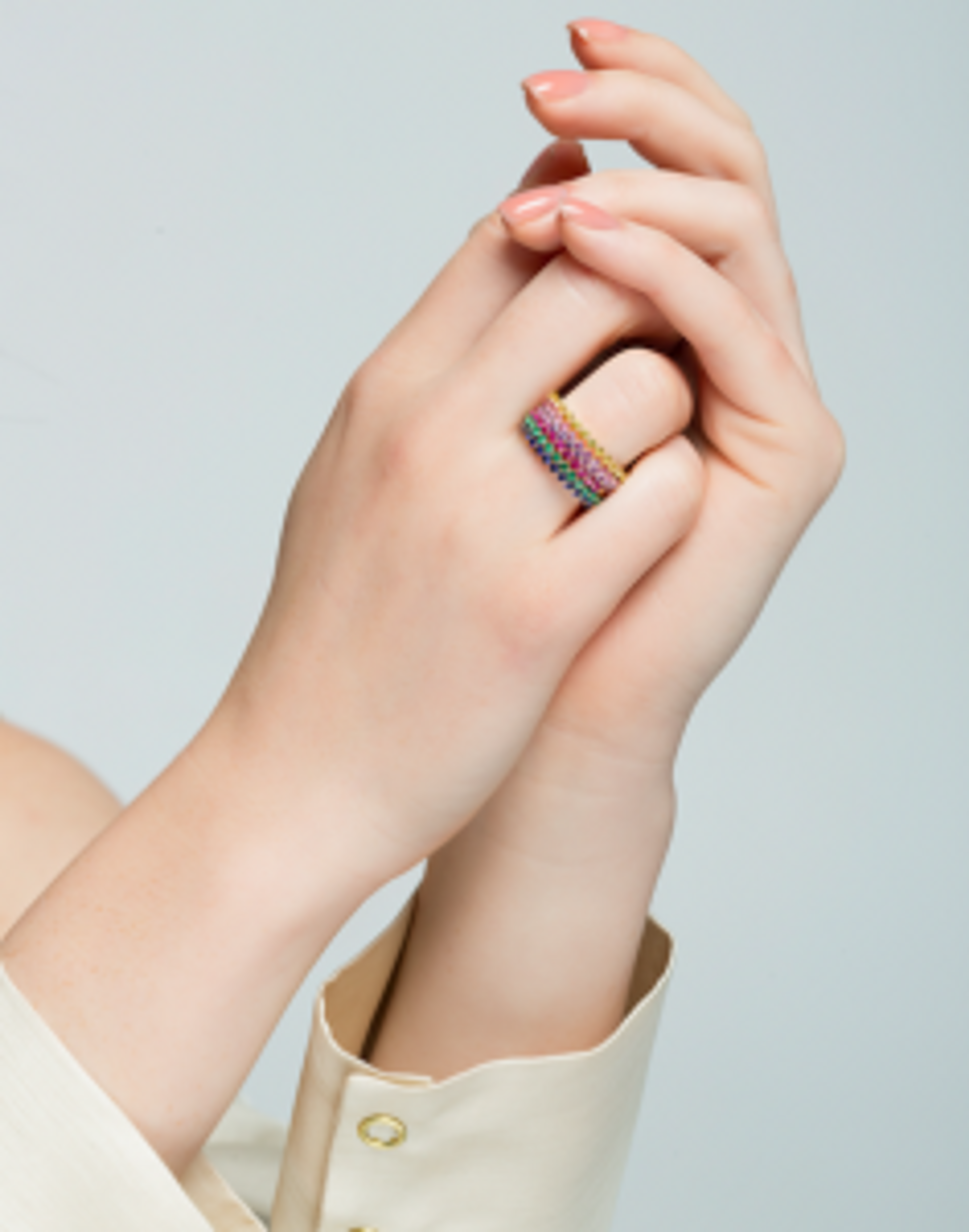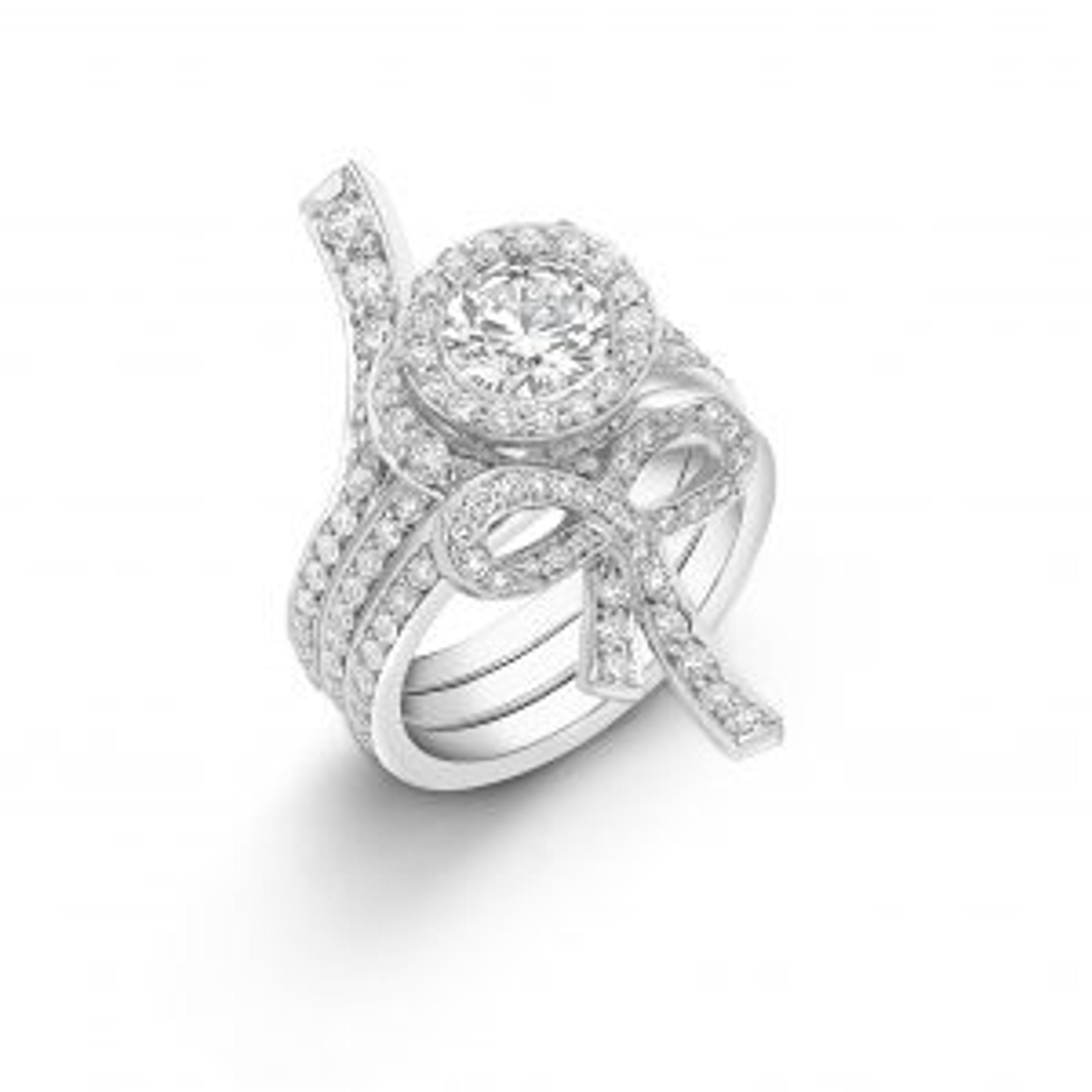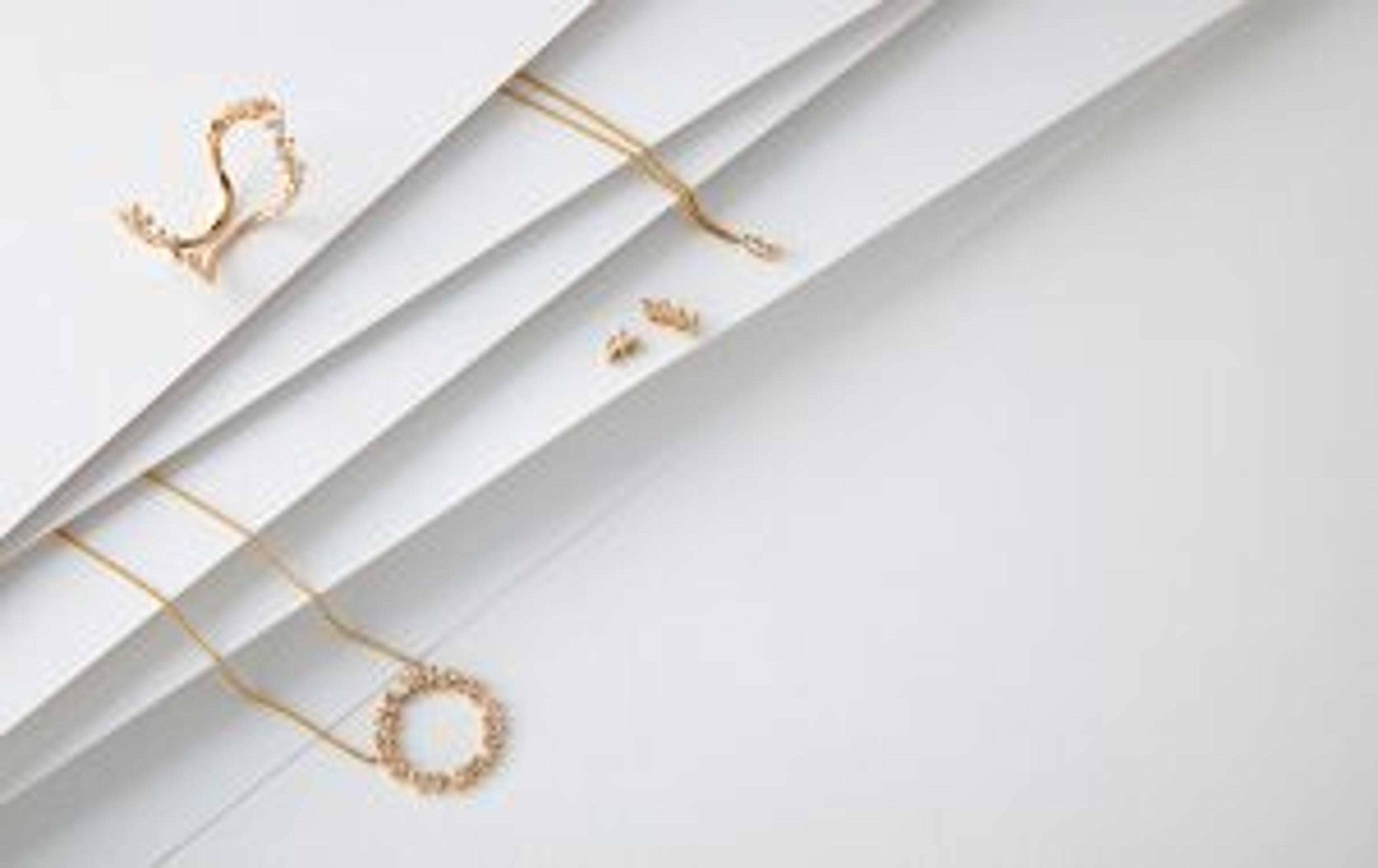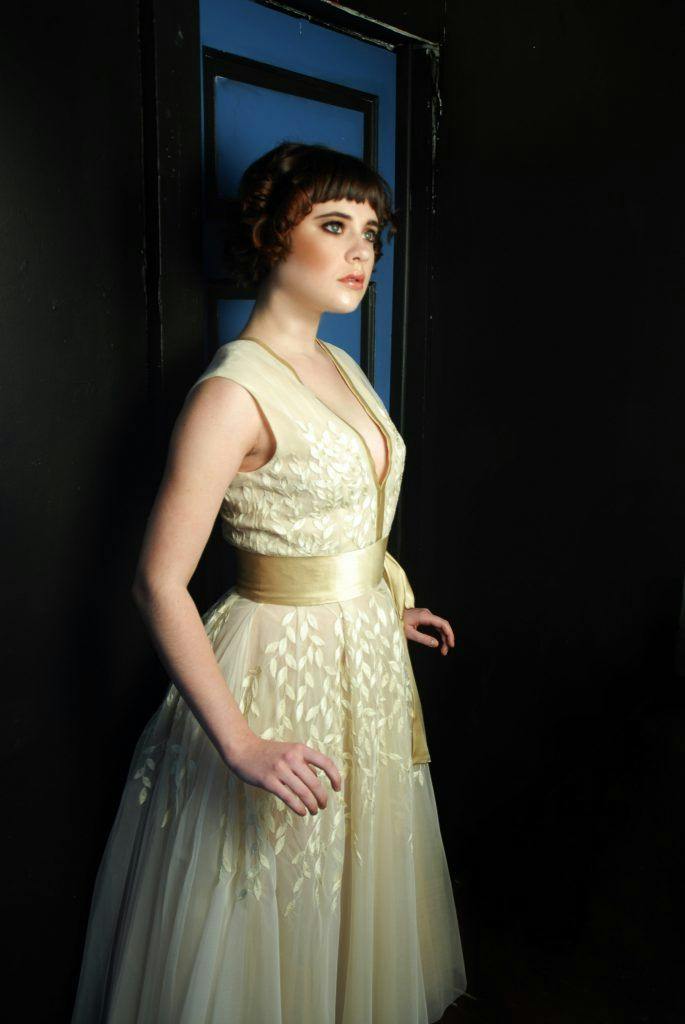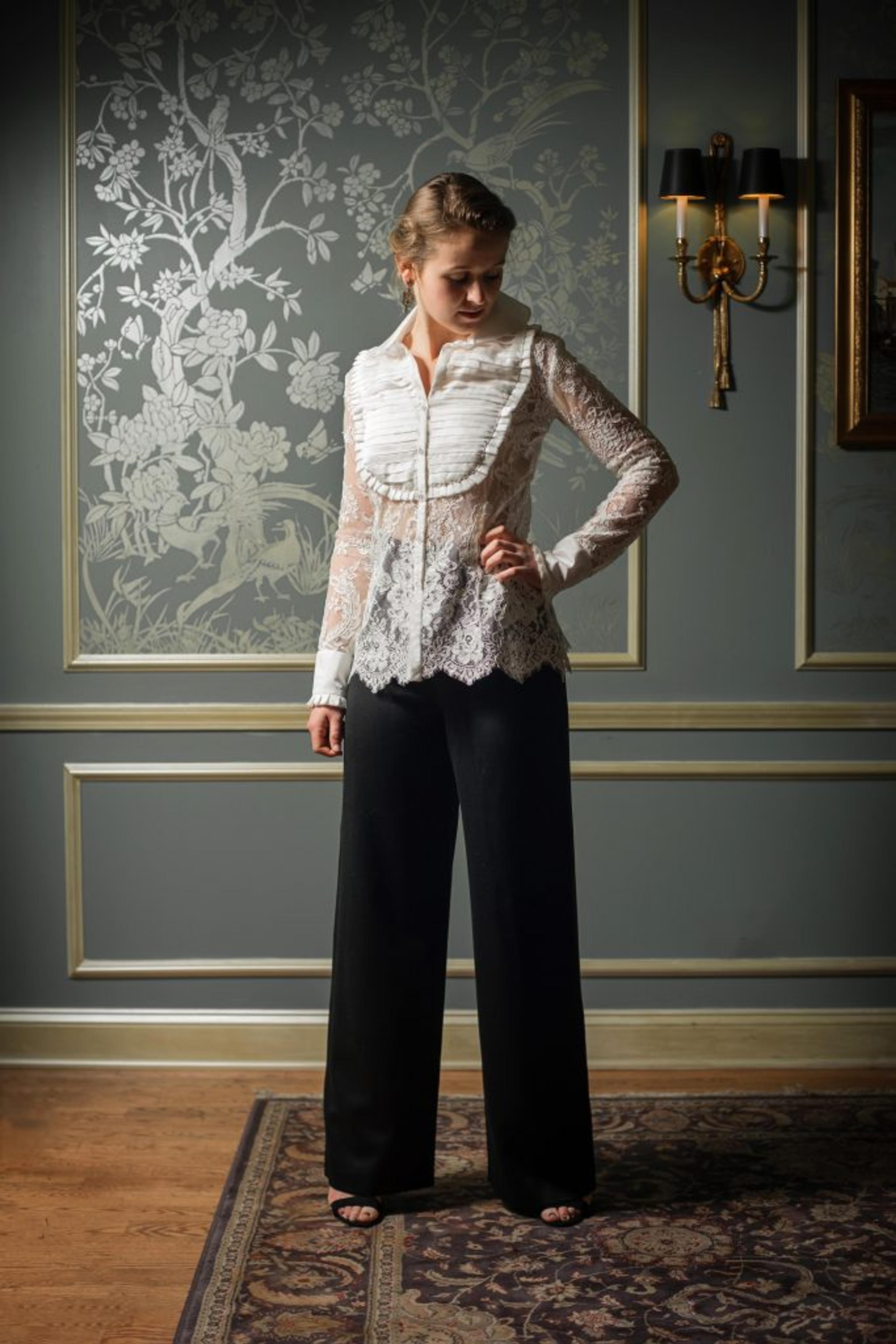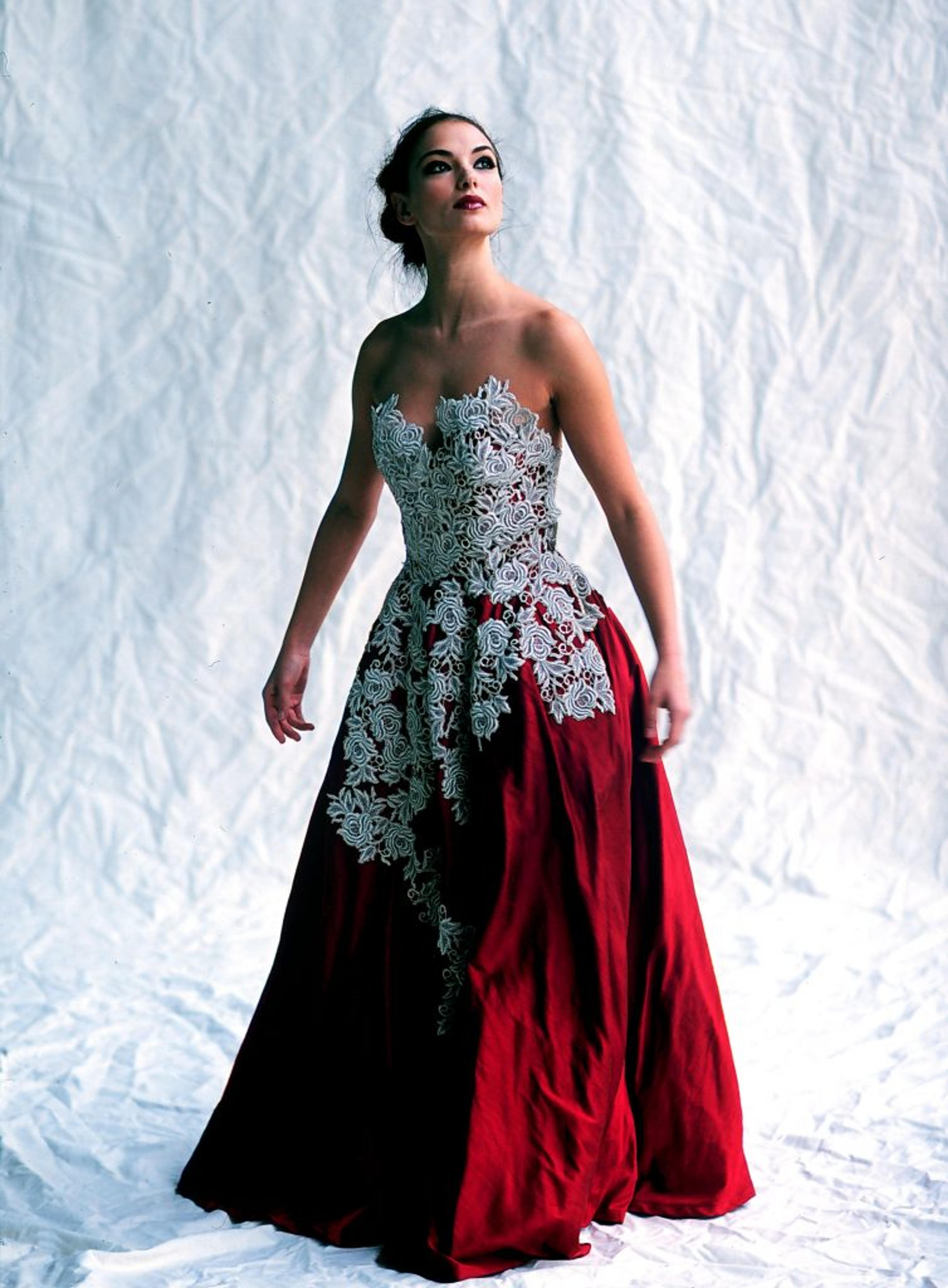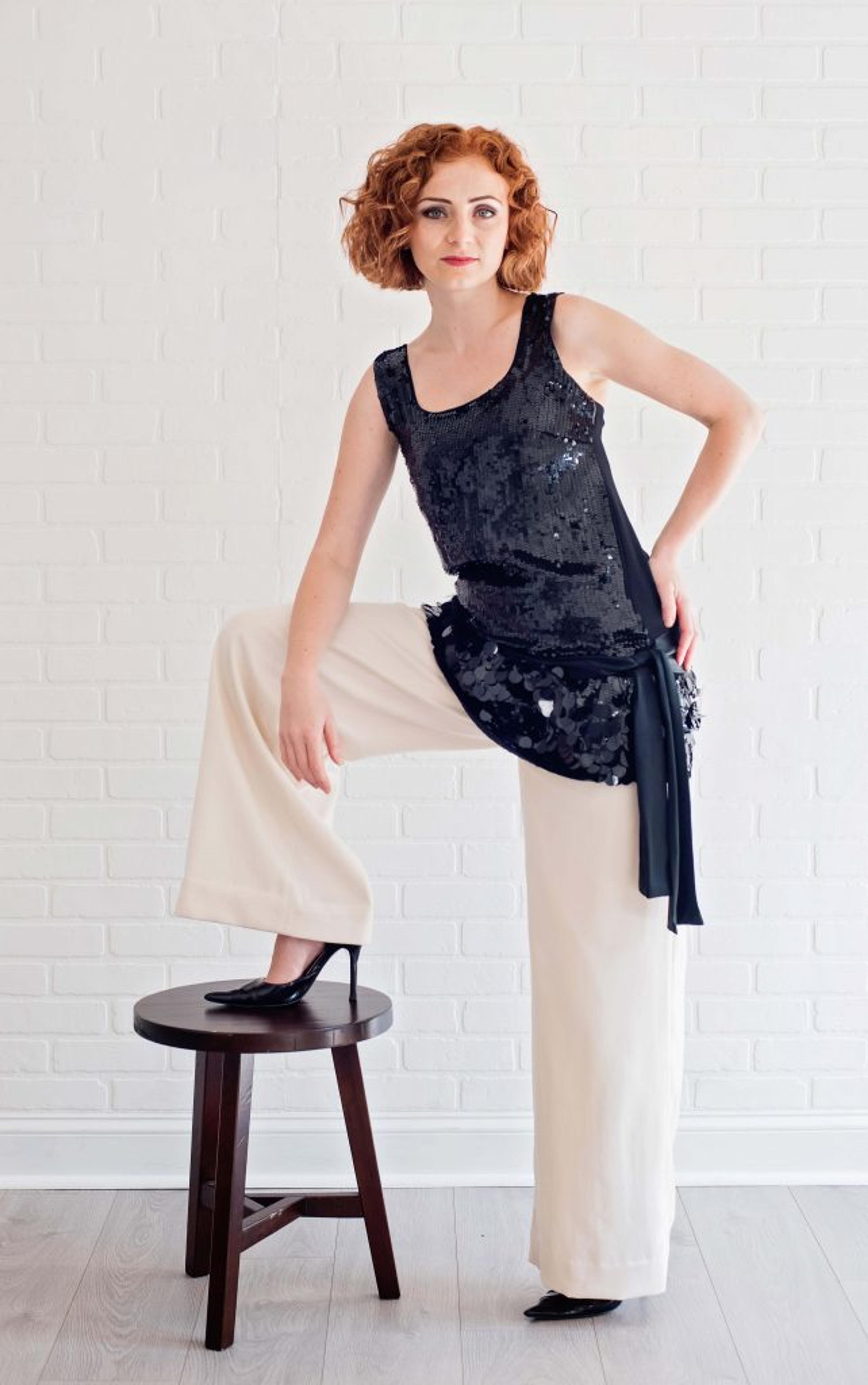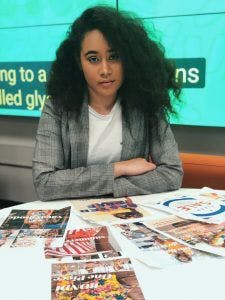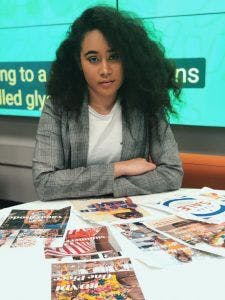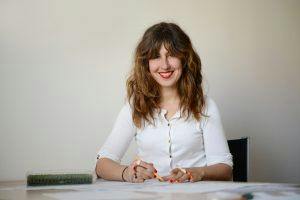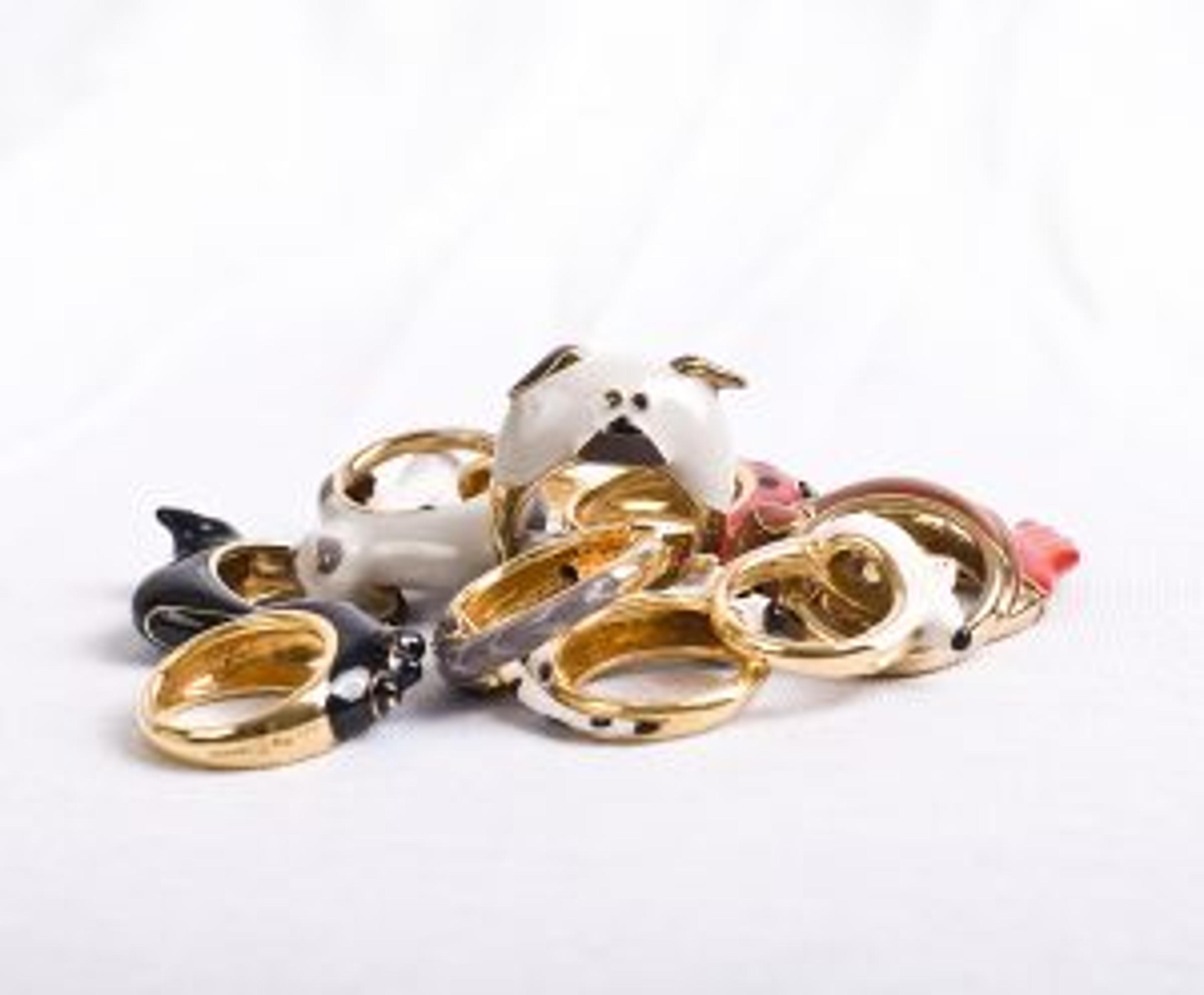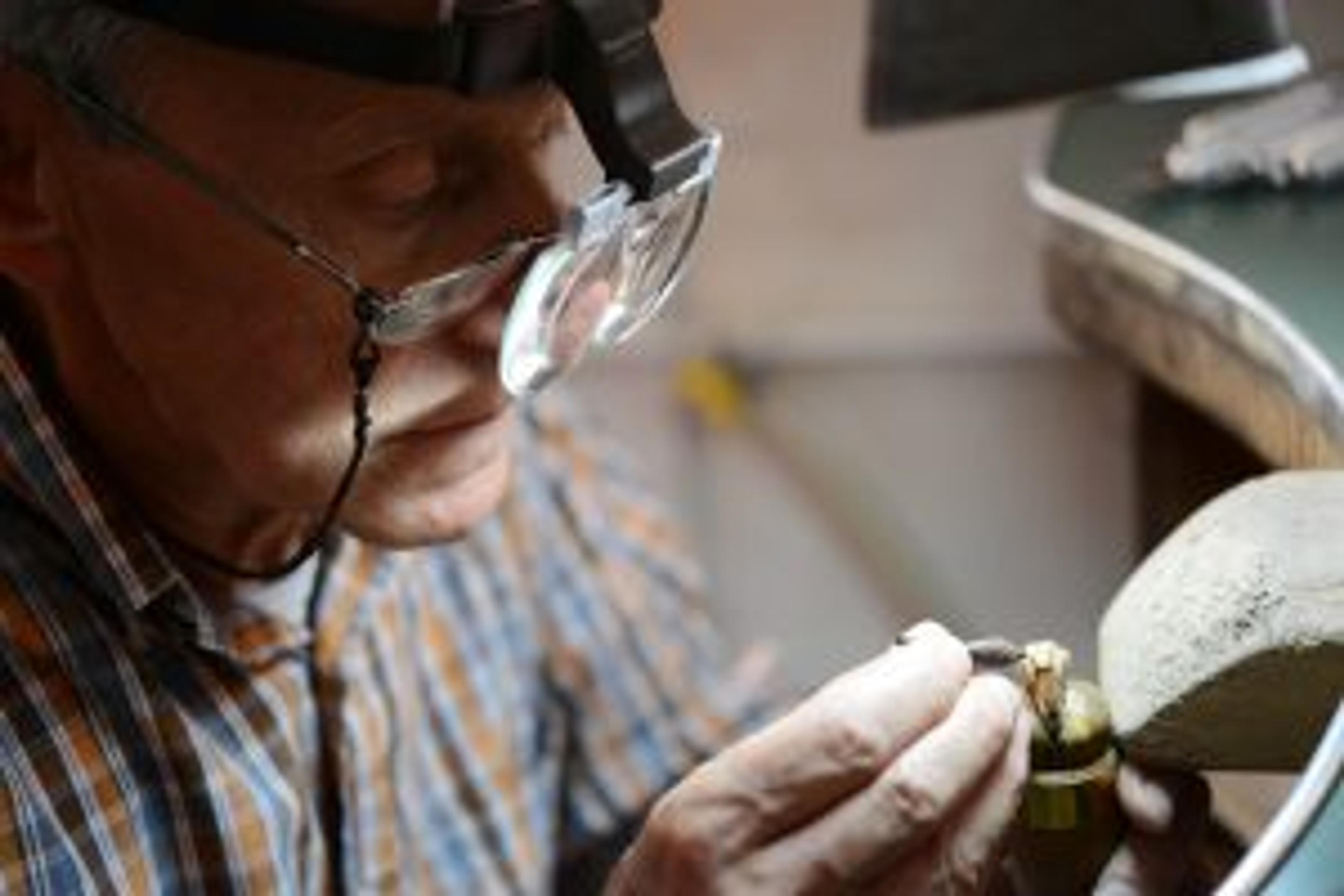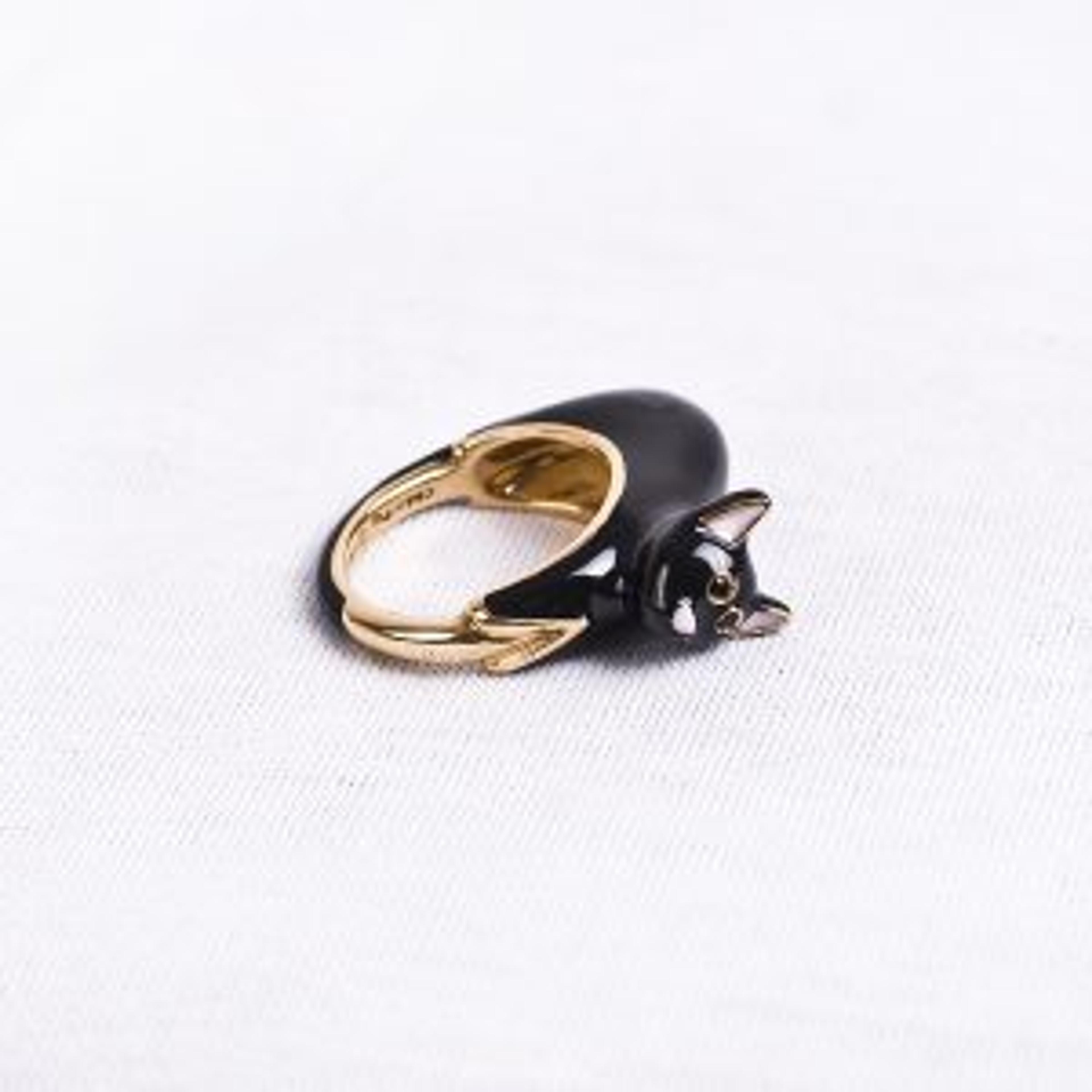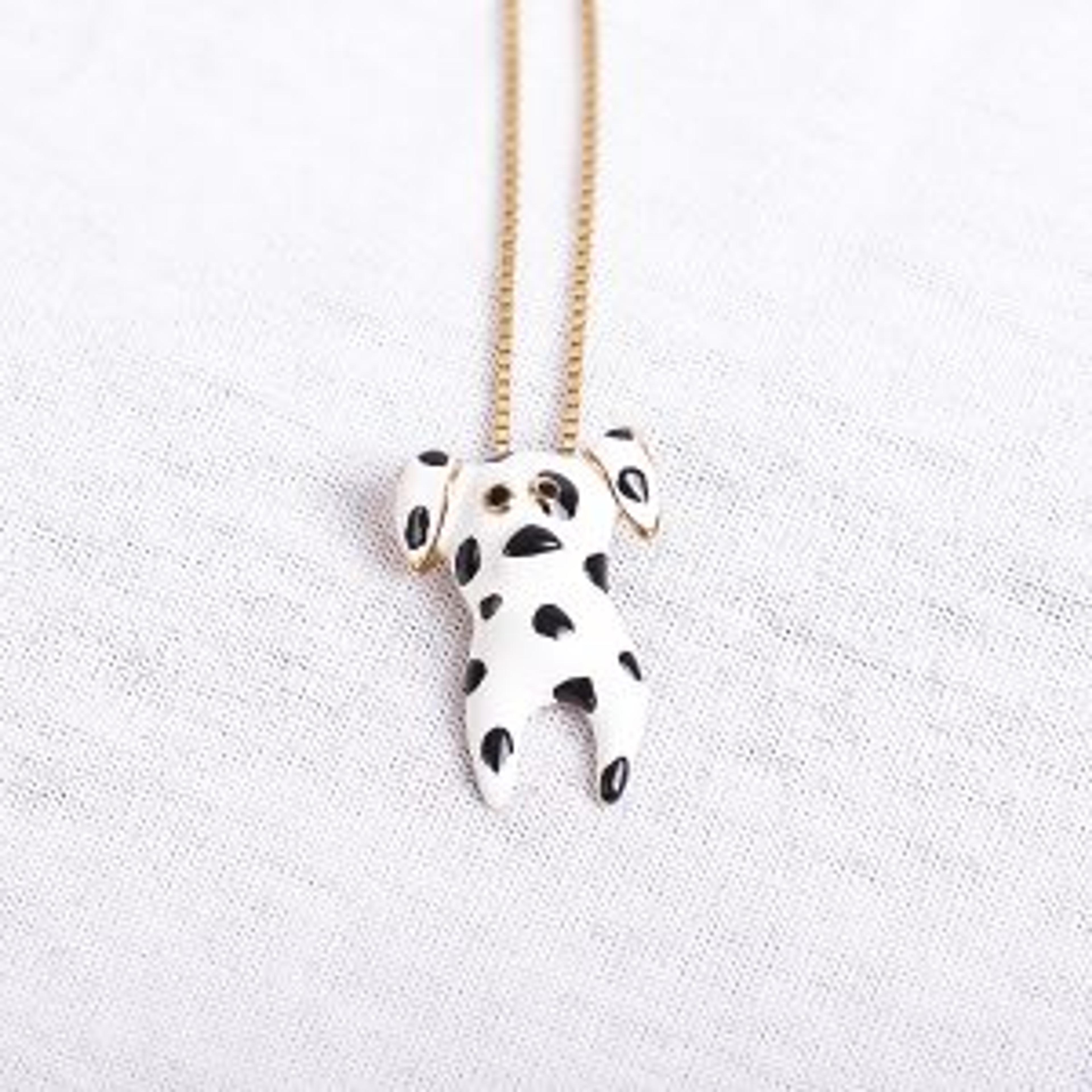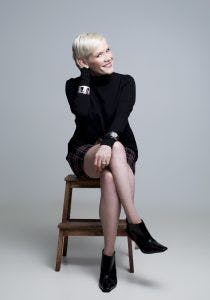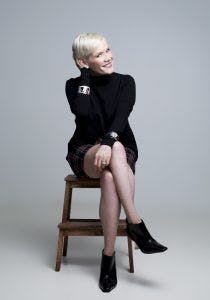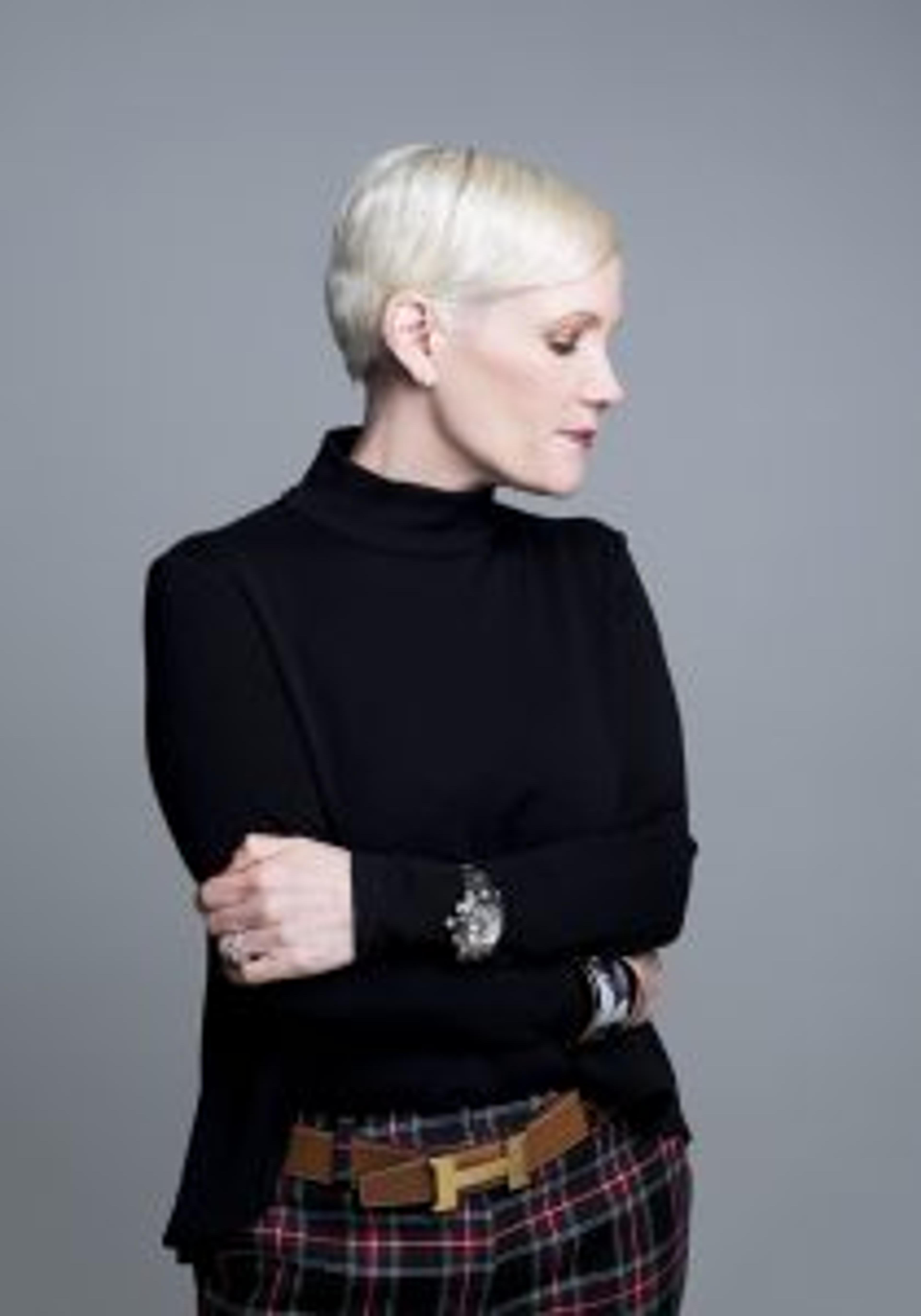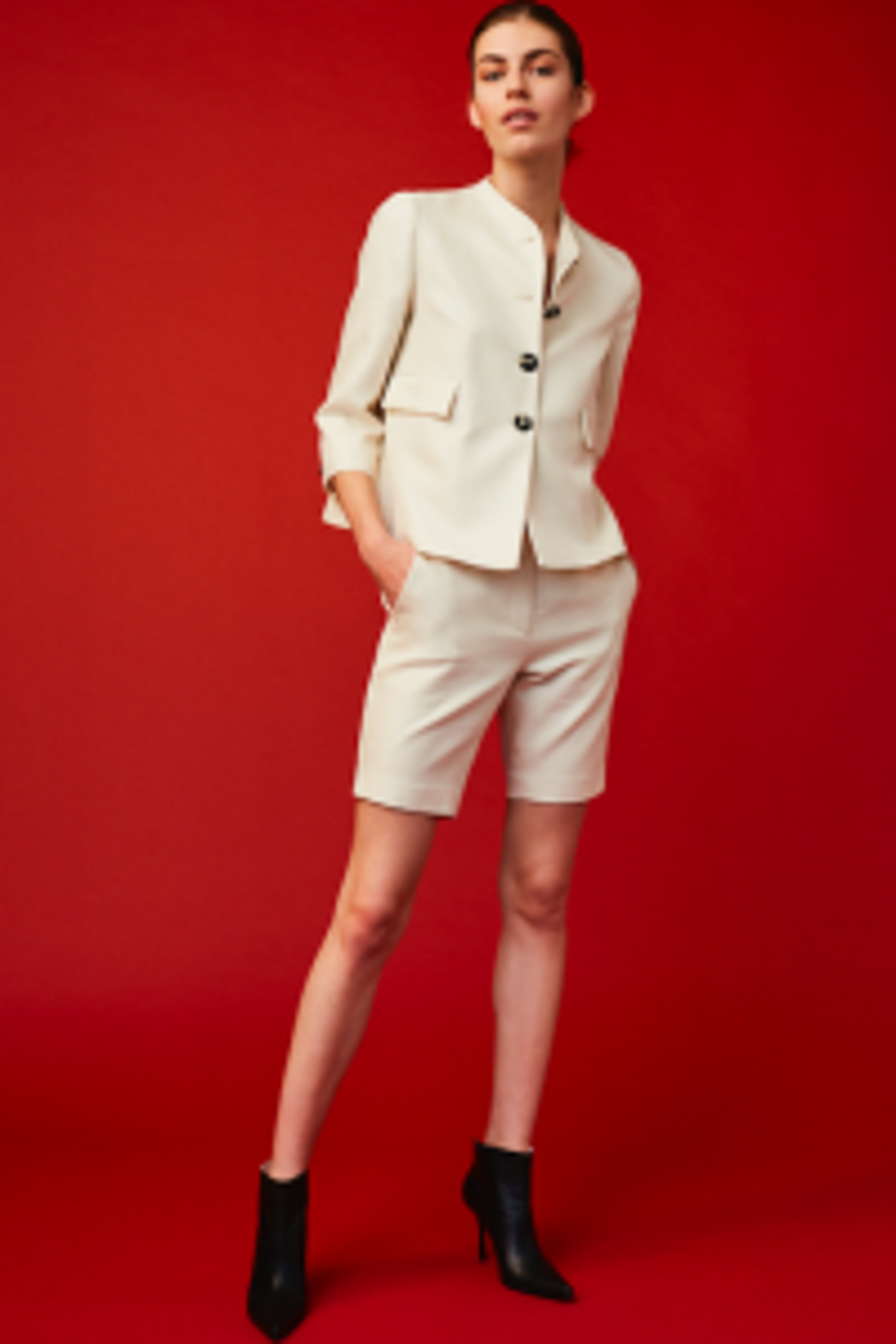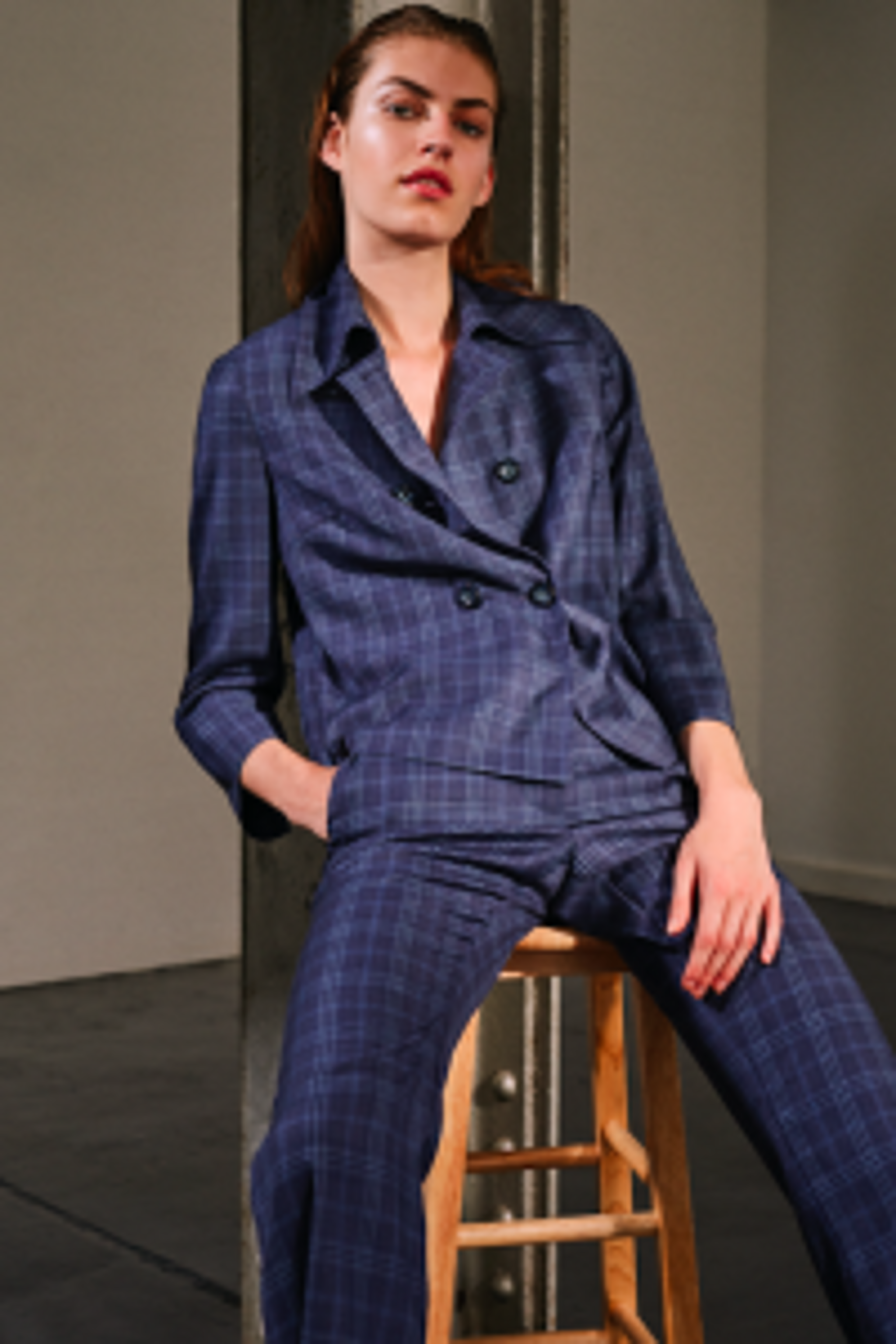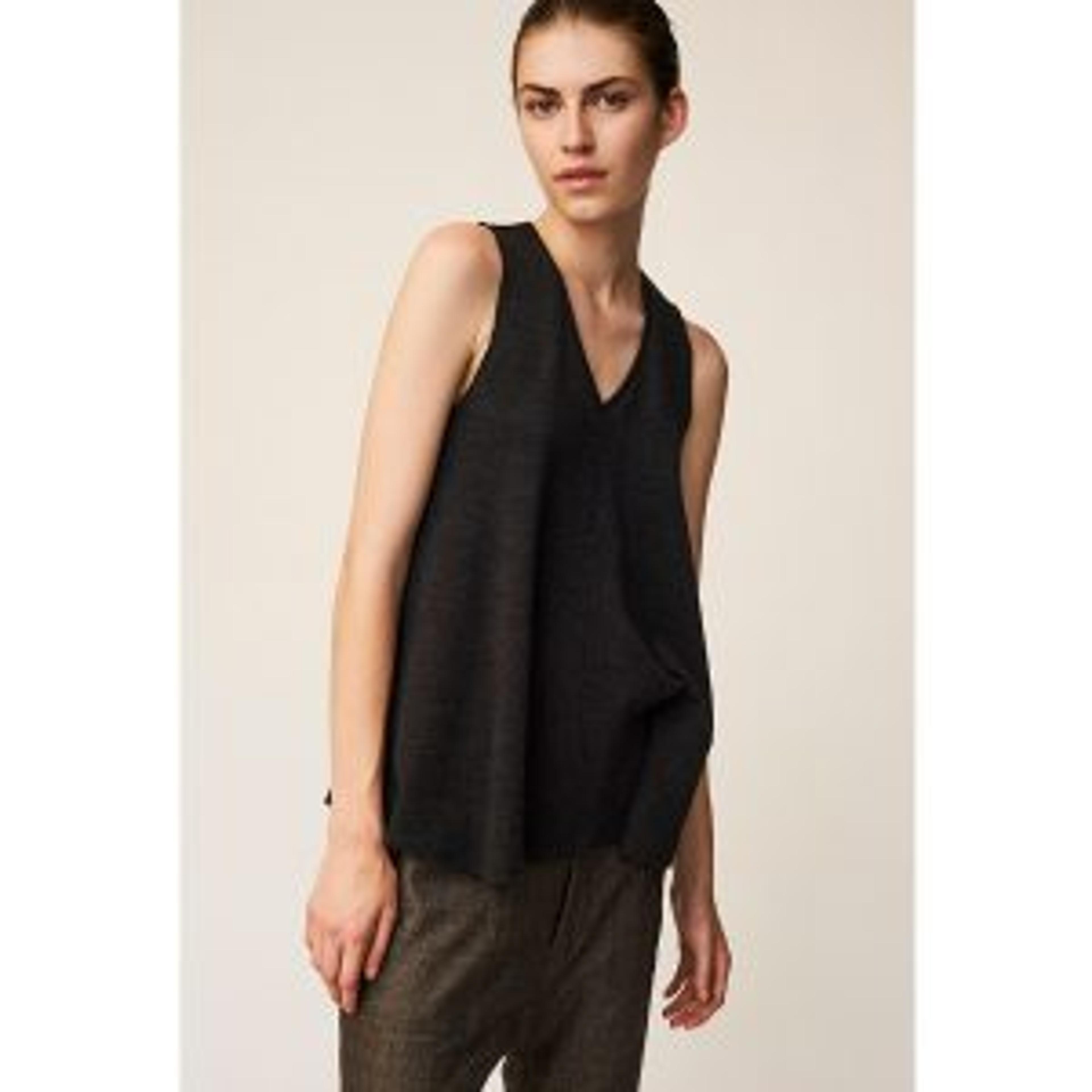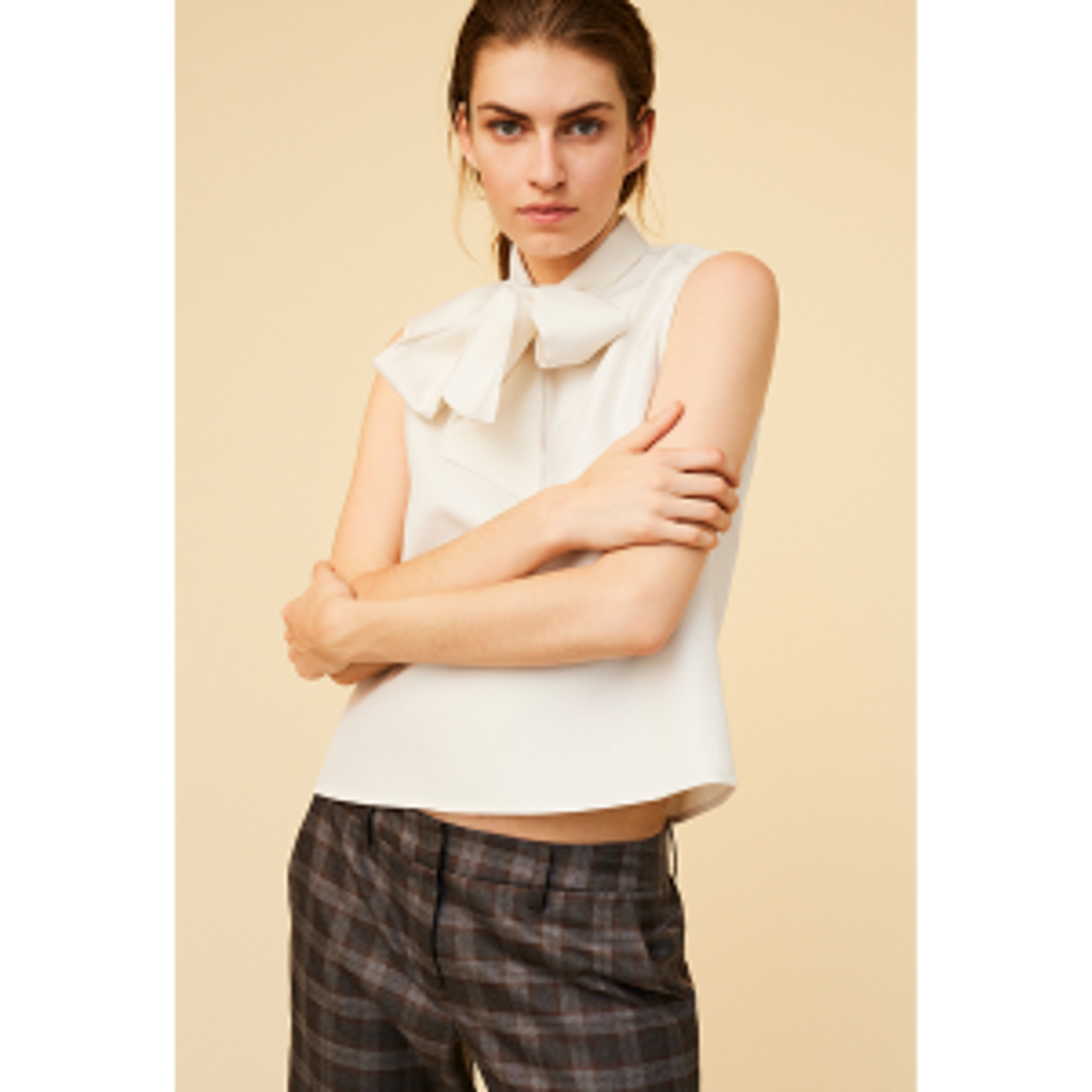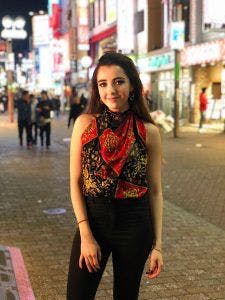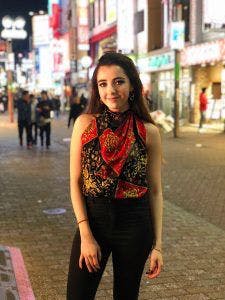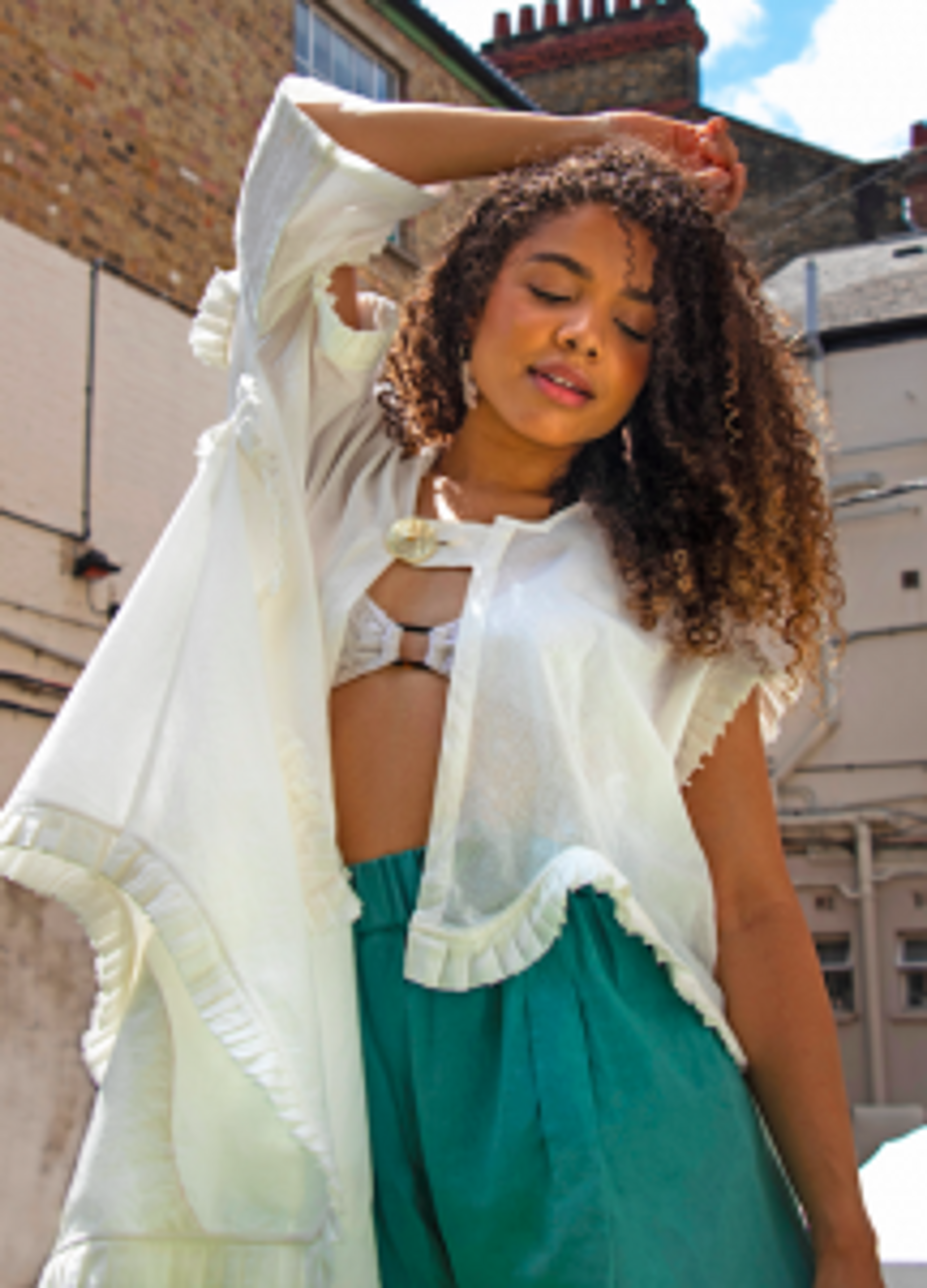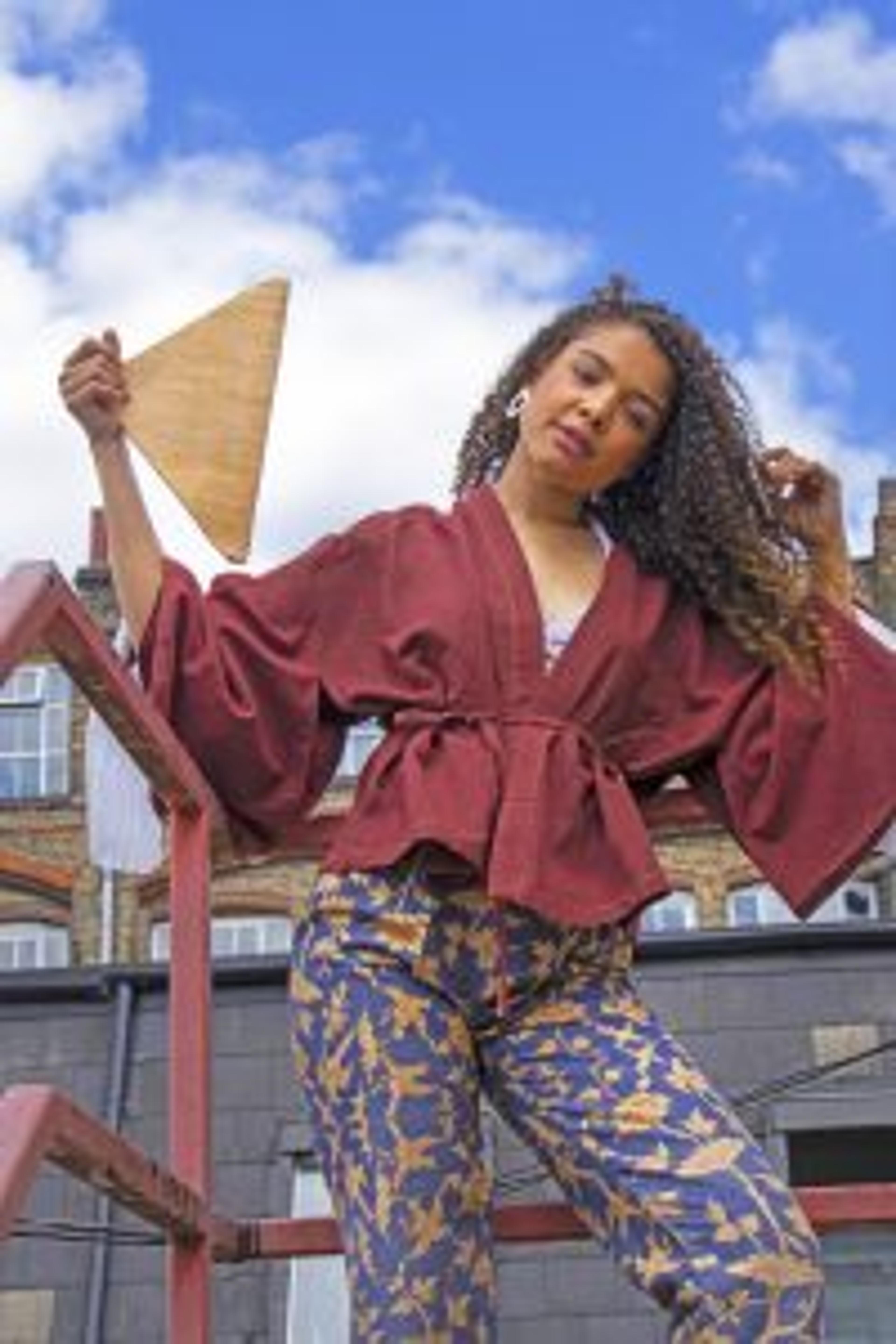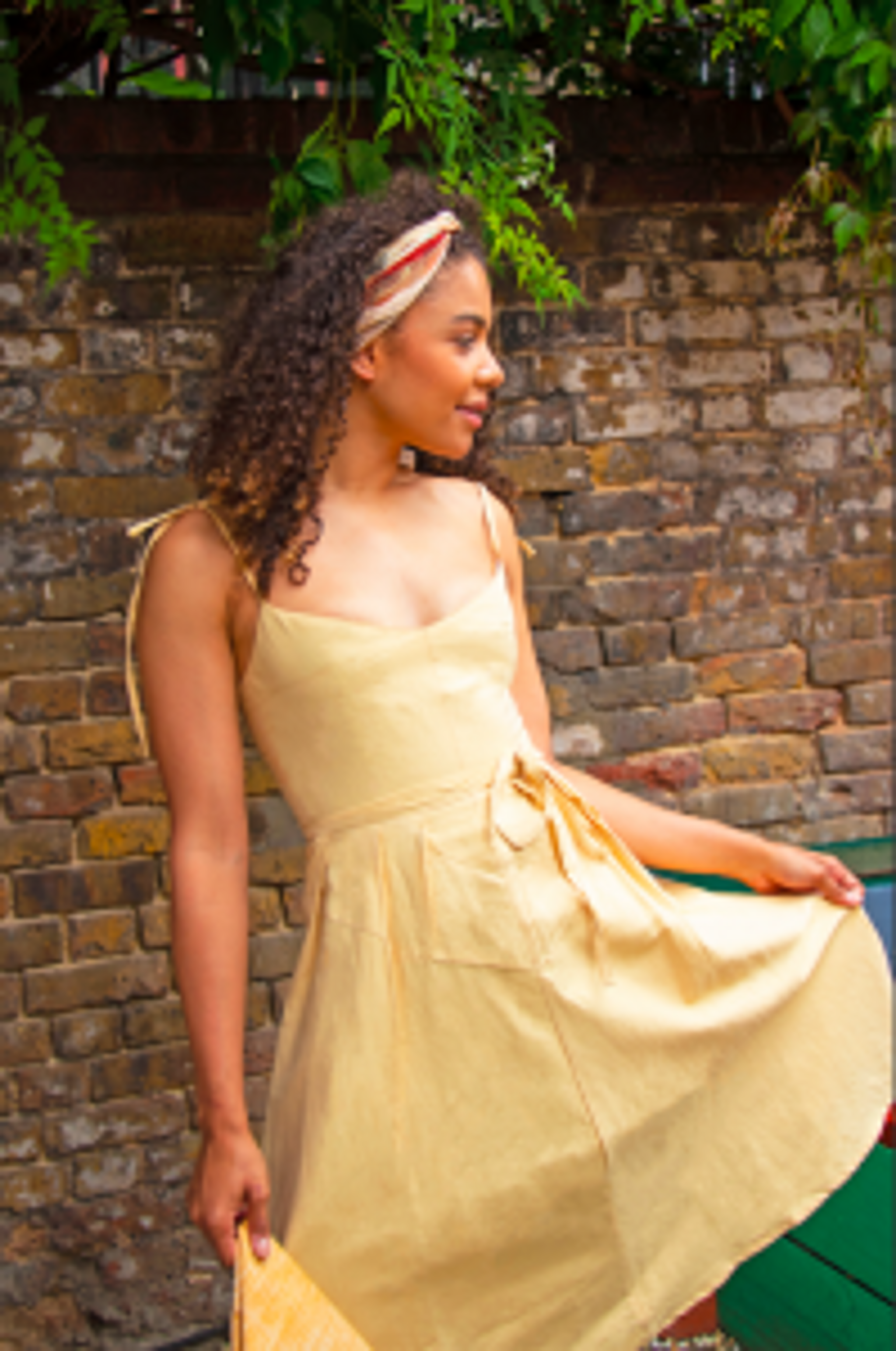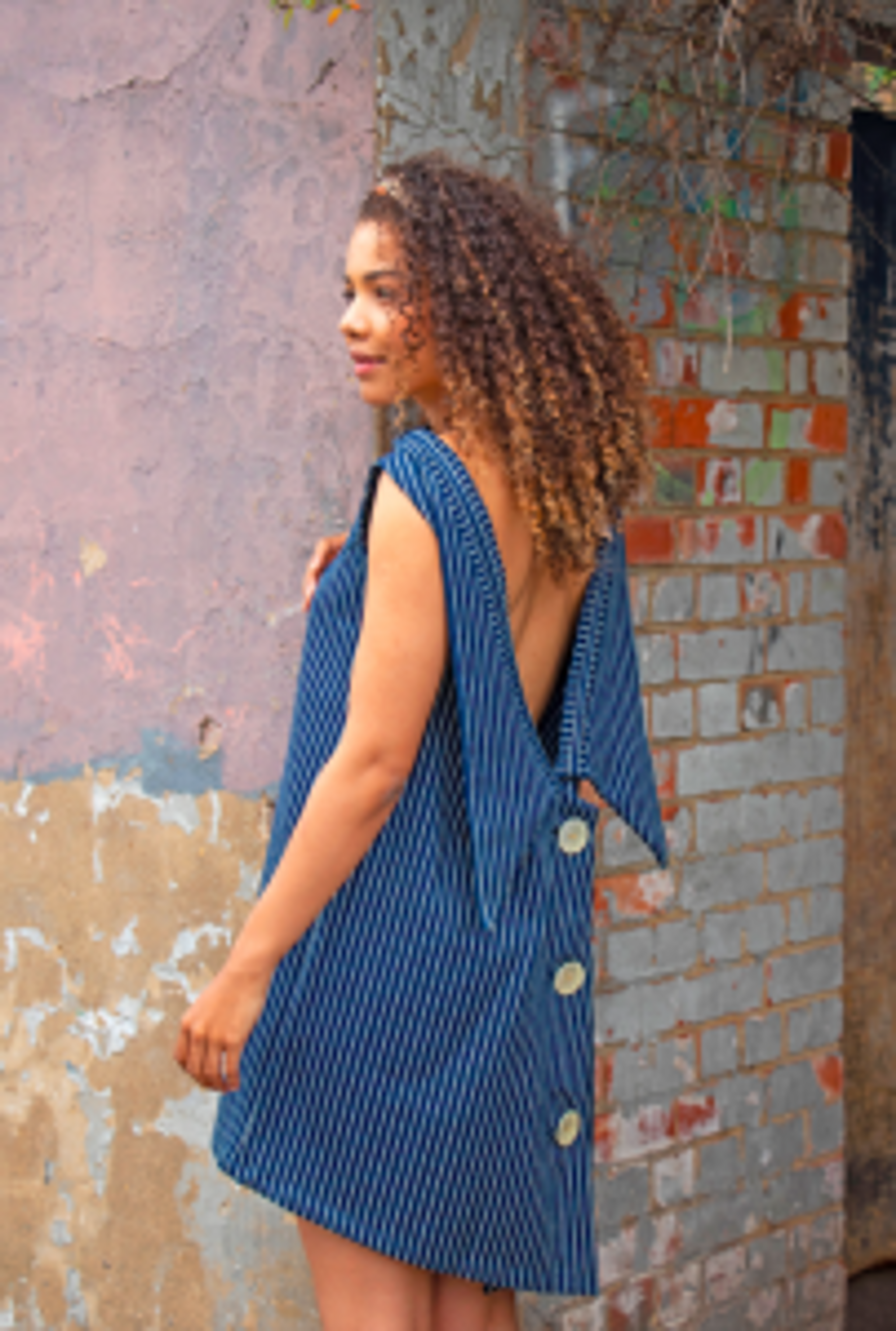Occasionally #TeamCoco have the opportunity to interview designers that we are huge fans of, and this is one of those rare occasions that we can get to know more about one of our design heroes.
Cael Pipin owns and runs the designer bag company Hemcael, and his latest collections are one of a kind, unique designs that bring to life the meaning of Italian quality.
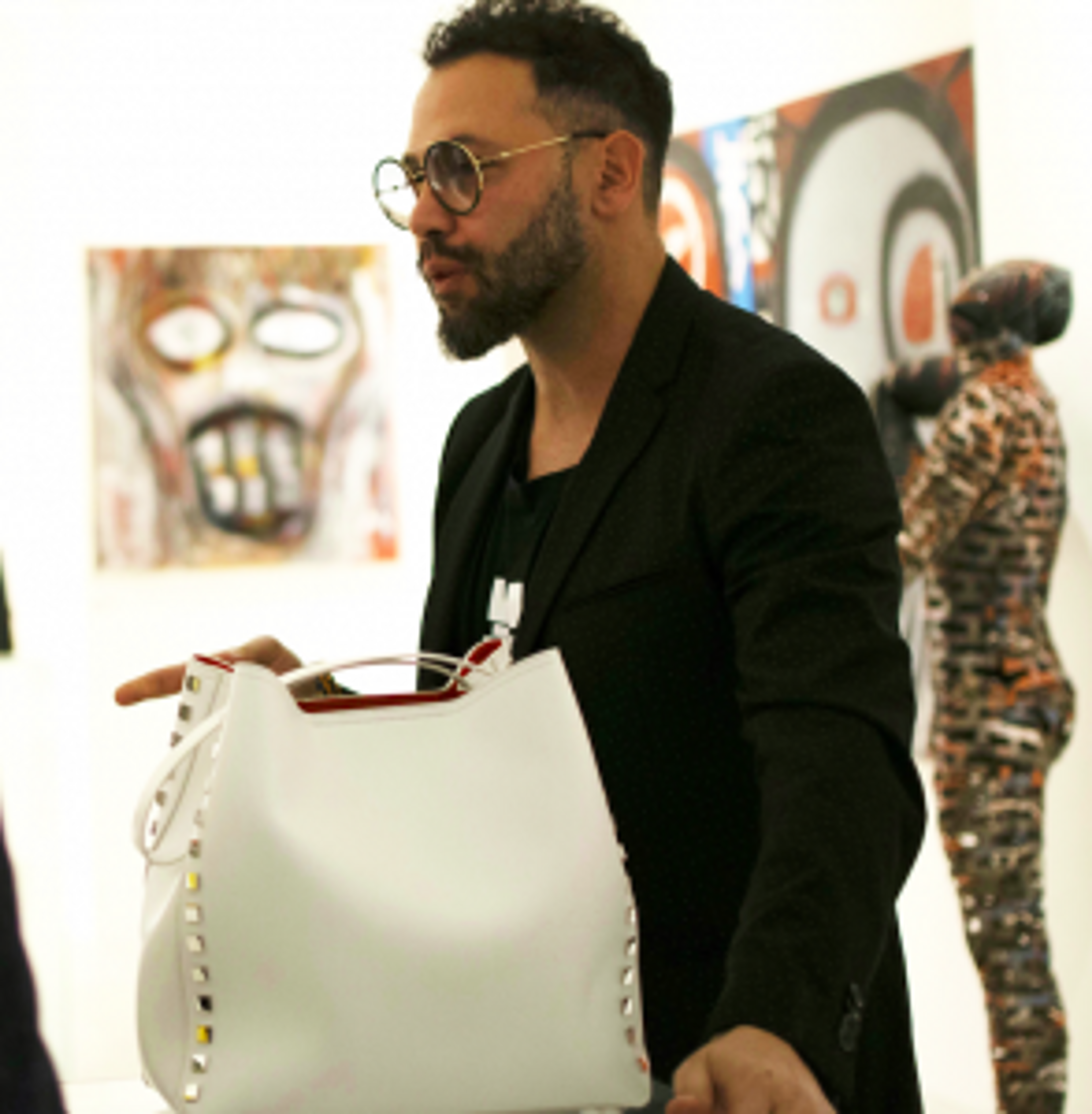
Hemcael launched in 2010, where Cael Pipin has been designing and producing beautiful bags for the luxury buyer who craves excellent Italian quality with standout designs. We are desperate to find out more about this wonderful bag designer.
Q. HOC. Did you previously work in the leather or fashion industry before launching Hemcael?
A. Cael. Yes, I have produced unique pieces on demand for an exclusive clientele for many years. They asked for original and customised pieces completely made in Italy, and I’ve always loved creating what’s the most feminine thing ever: bags. I had never worked in the fashion industry before launching my own brand, but the varied women’s universe has always fascinated me. And that’s the reason why I decided to embody what I think is the Hemcael quintessential woman, be it wife, partner, friend, mother or daughter.
Q. HOC. At what point did you realise that you were destined to be luxury bag designer?
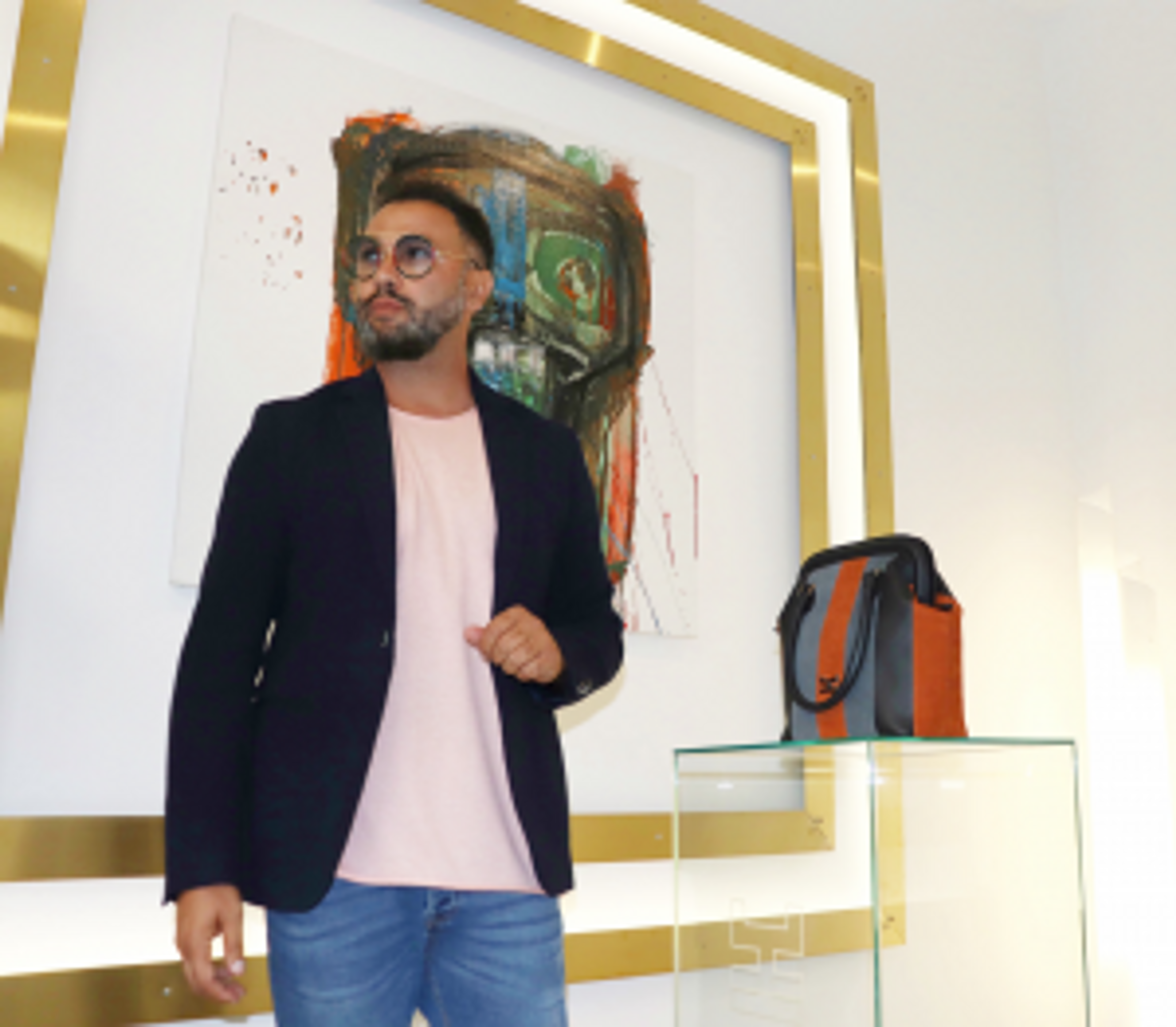
A. Cael. Looking around, I realised that we are losing the habit of loving very high quality accessories, and, above all, we are losing the habit of giving value to the concept that’s behind the creations we wear, the research of the best materials out there, the artisan’s delicate and experienced touch and all tests to get the best shapes and structures.
The key of the collection is: ‘conquer from within’. Conquer, in Italian, is a verb also used to express the concept of ‘winning someone’s heart’. And with my bags I wanted to do it from within: the interior of my bags, their heart, is as special as their outer. It’s crafted from bovine nubuck or calfskin leather, and no other material is involved for the linings, pockets, or extras, such as the removable pouches. Today luxury means exclusiveness, uniqueness: not just because something appears ‘rich’, it’s a luxury symbol.
The Hemcael bag isn’t just for ‘appearing’, but for recognising yourself in an accessory from which you can get the feeling of craftsmanship, class, research, experimentations. Luxury is not to be shown, because it is made up of details.
Q. HOC. Your collections are eponymous with sculptured pieces that are elegant in design yet easy to wear, have you always been known for strong statement bags?
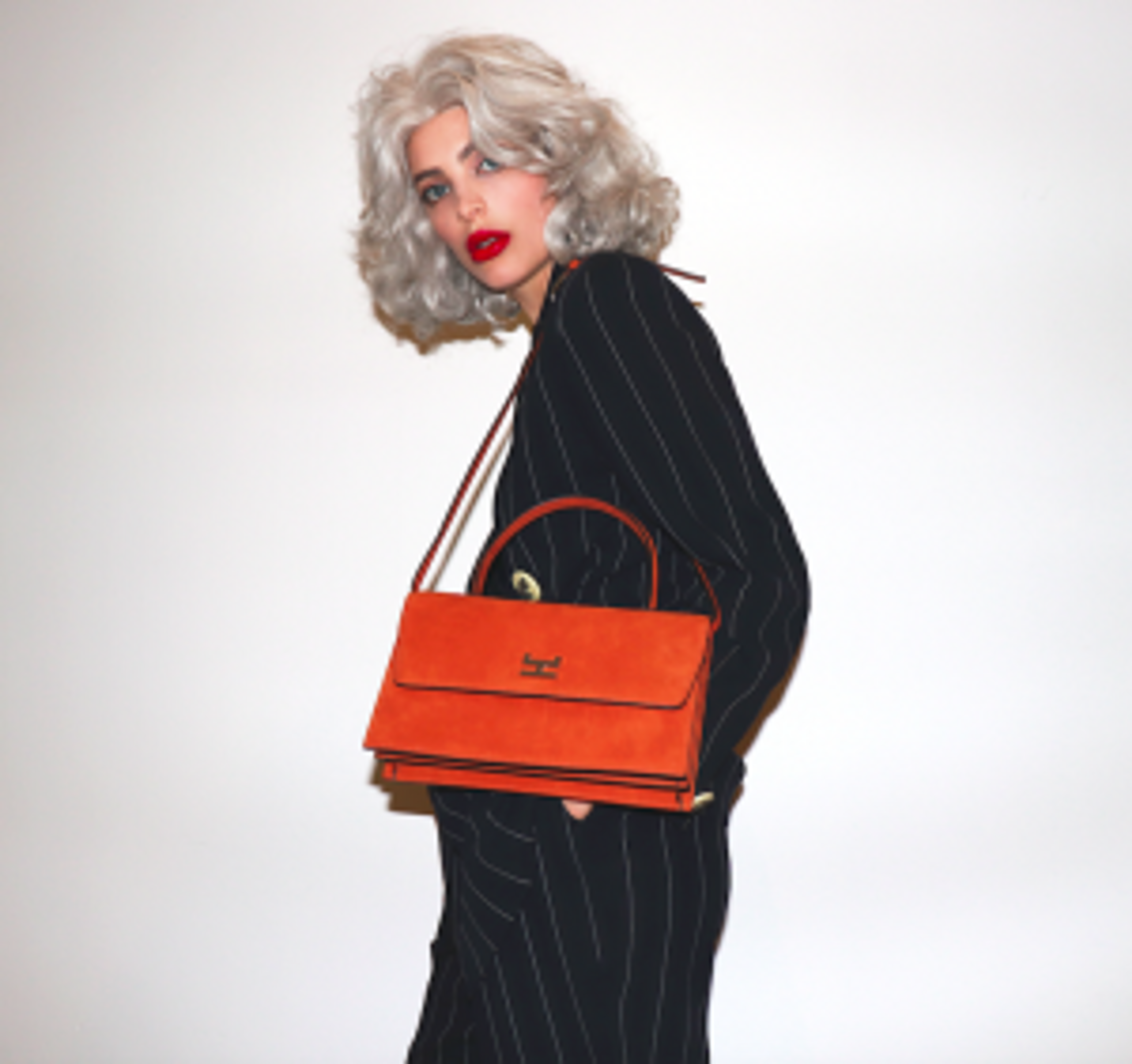
A. Cael. Yes, I have always created bags that are bold, that not only exude a sense of style, but they also convey strong emotions, they kind of have their own personality. Clothes and accessories are a form of self-expression, and the way we create our outfits impacts how we feel about ourselves, and vice- versa. That’s why I have always tried to create statement accessories, exceptionally crafted for the bold, modern, dynamic woman who’s looking for a direct reflection of her personality. My collection includes high-impact colours, such as rust, the captivating heart of the line, sculptured figures that exclusively result from the natural structure of high quality leather, and extremely detailed and intriguing interiors, which I think are even more important than what’s in the outside. The linings of my bags, completely leather crafted, are what makes them stand out and turn things around, taking the creation from plain to noteworthy.
Q. HOC. Do you have a current favourite bag from your collection?
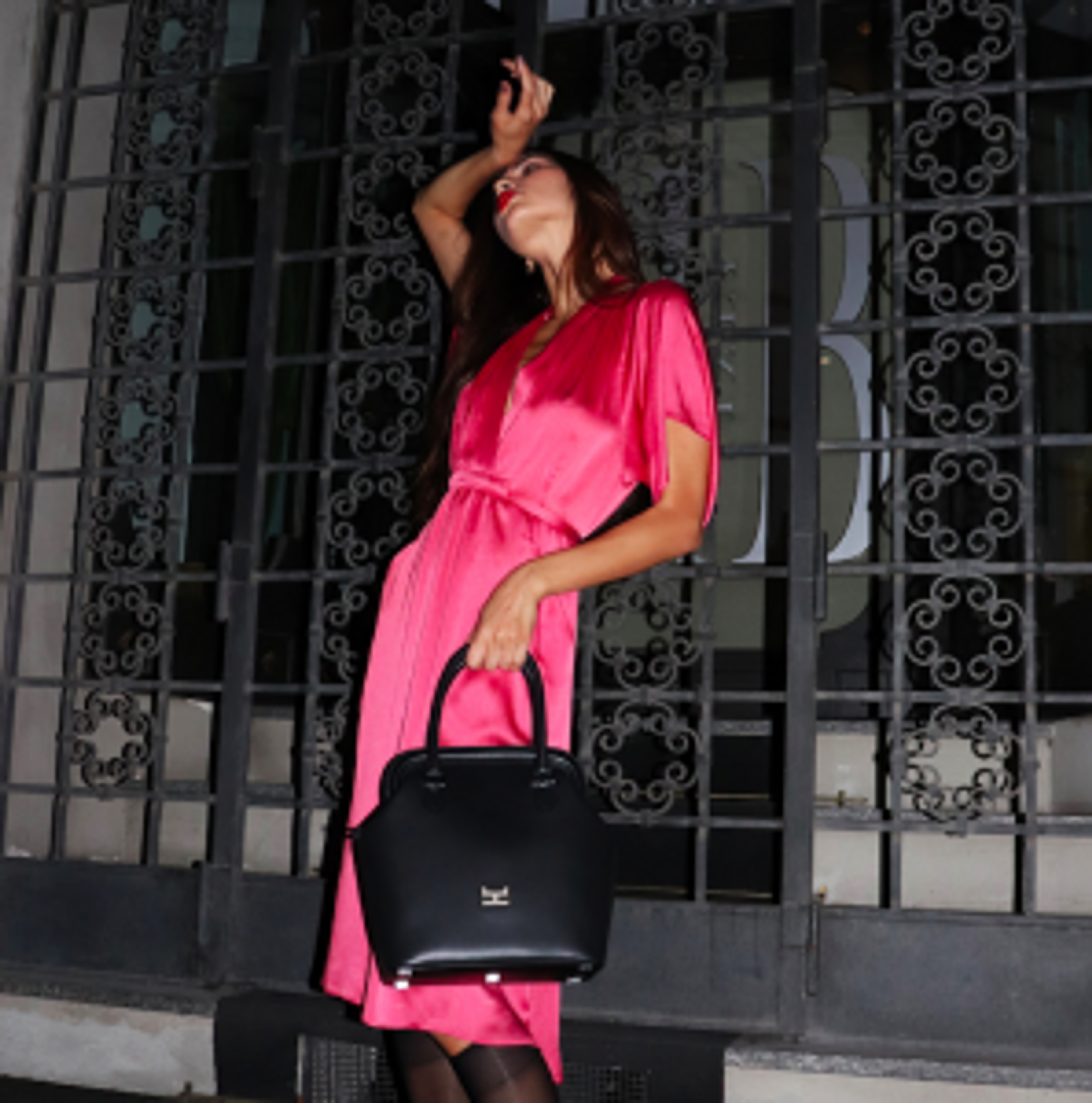
A. Cael. Yes, my current favorite is Melime, the bag that embodies the soul of the brand in the best way. It represents the sensuous essence of the Hemcael woman, and its outstanding shape makes it unique when women wear it. I imagined a bag that could captivate all women, with its simple yet enigmatic silhouette, that could release the pure Hemcael nature from any detail. The closure is very secure, almost impenetrable, so that your everyday essentials, or even your darkest secrets, can be kept safe inside.
Q. HOC. We are personally swooning over the Aranel, a handbag/adjustable shoulder bag that oozes style and charisma, what goes into designing a bag like this?
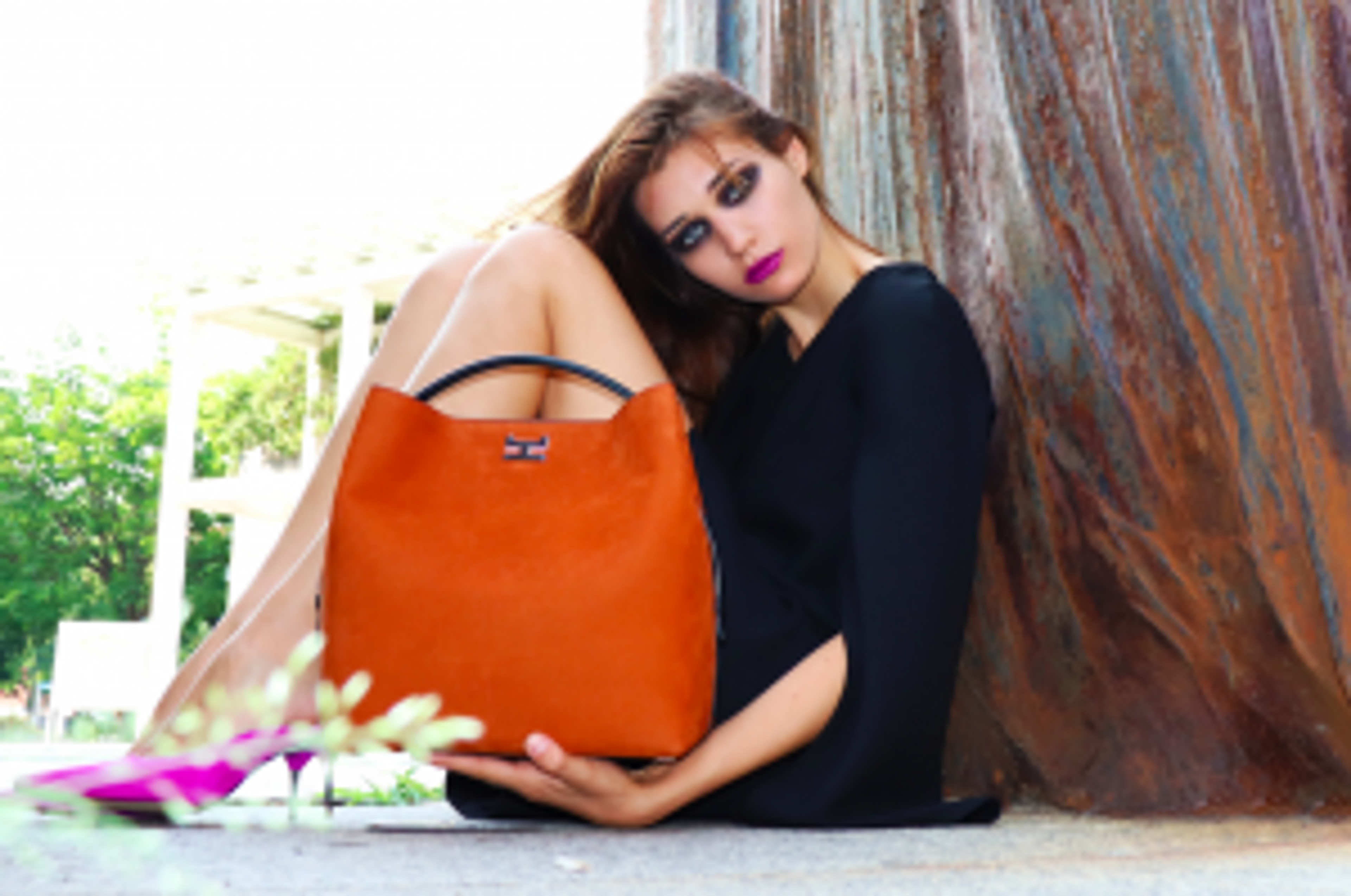
A. Cael. Well, first of all, you grasped what the Hemcael concept means, as Aranel was a starting point for the collection. Its timeless and elegant figure is behind every other style. What I’m most proud of in its design is the structure: its shape just follows the sinuosity that the folded leather naturally assumes, and no other material was used to produce it. I wanted to create a classic, flawless, neat silhouette, simple in its sleek touch and yet sophisticated. The combination of calfskin and nubuck leather, alternating for the outer and the lining of the different styles, conveys in the best way my idea of a classy design that relies on high quality materials and elegant style.
Q. HOC. Can we ask when you are at your most creative design-wise? And, where do your design-ideas come from?
A. Cael. When I paint my works, I establish a connection between art and design. My bags are the result of an artistic process that always starts with painting. Art is that place where I take refuge when my being is in conflict with the world that surrounds me, my little bubble, where I can fully be myself. Seeing a woman wearing one of my creations brings strong feelings to me, and this leads me to design new pieces.
Q. HOC. You have recently opened a maison-gallery in the heart of Milan, can you tell us some more about this?
A. Cael. The concept of Hemcael stems from my greatest passion: art. The maison-gallery in Milan is not only a showroom, but also a gallery exhibiting my art creations, my paintings. Fashion and art are intertwined, they have always been connected. There’s no fashion piece without an artistic background. I love expressing my art both on canvas and on fashion sketches, and I do it not only for work, but mainly for myself, as that’s the finest way I express my best self. I wanted to created a wide, clean, minimalist space, where the focus is on the bags, showcased in the first room and shop windows, and on the paintings, for which an entire aisle is dedicated. I found this early 20th century former nuns convent in the heart of Milan and immediately thought it was the perfect place for Hemcael’s headquarters and maison-gallery.
Q. HOC. Do you have any immediate plans to open any more maison- galleries around the world?
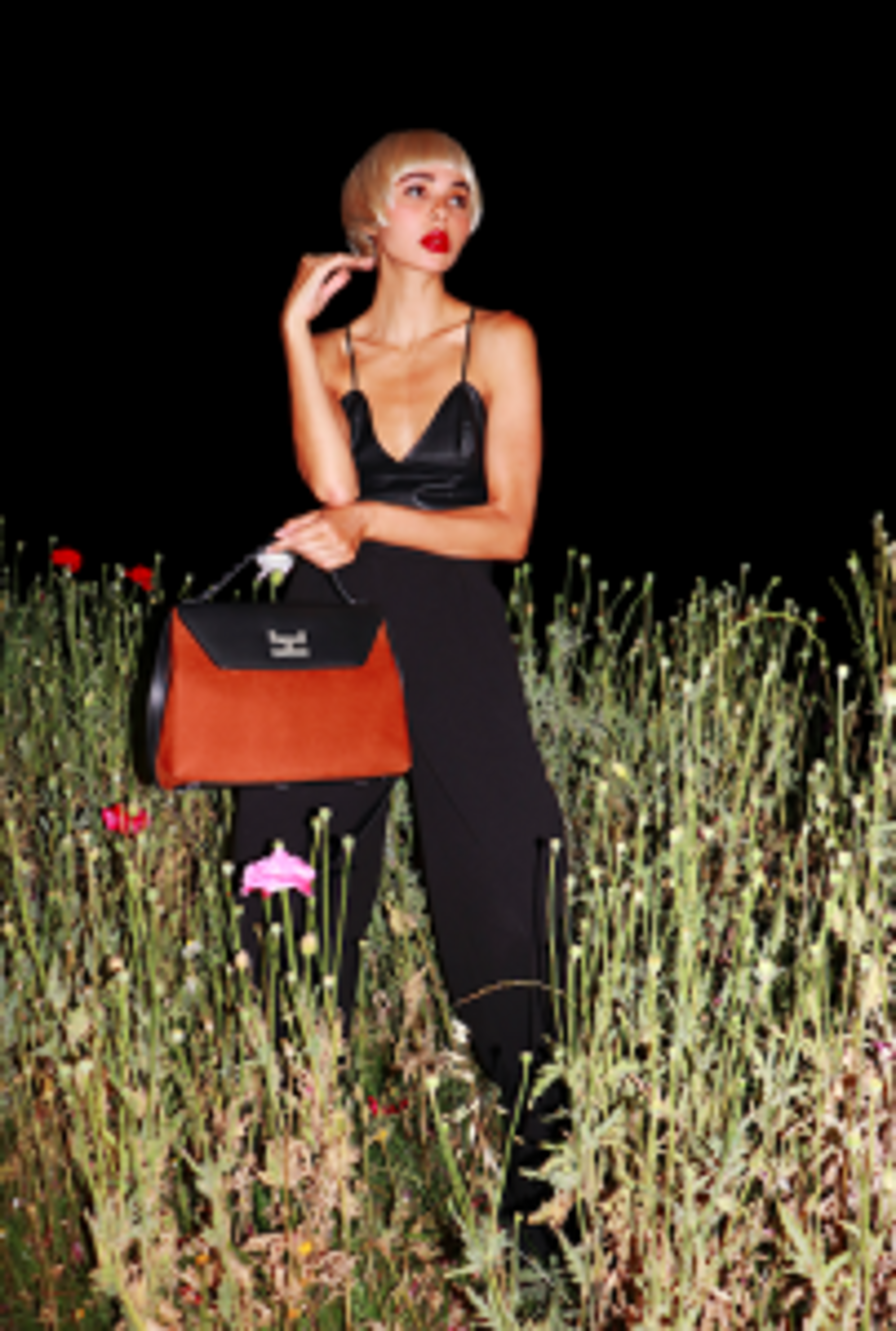
A. Cael. Yes, I’m proud to announce a new opening in Bangalore, India, in a partnership with the multi-brand luxury store Galleria di Lux, [earlier this month] on July 27th. The first floor will be dedicated to Hemcael, blending contemporary art and fashion with a concept that’s new for this renowned high-end store with Italian and international brands. We’re planning other new openings, including New Delhi in October.
Q. HOC. Did anyone offer you any business advice before you embarked on becoming a luxury bag designer?
A. Cael. Not at all. I just trusted my instincts.
Q. HOC. What piece of advice would you give a budding designer, someone starting out in the industry?

A. Cael. Try to be yourself, do not copy anyone else, and be very meticulous in every single detail. Be hungry for something new, fresh. Experience new routes and try to find new and not predictable solutions.
Thank you for taking the time to answer all our #BossBoy questions for House of Coco Magazine online.
Visit Hemcael for more information.
Hemcael – creating a collection that is enigmatic in its simplicity.

